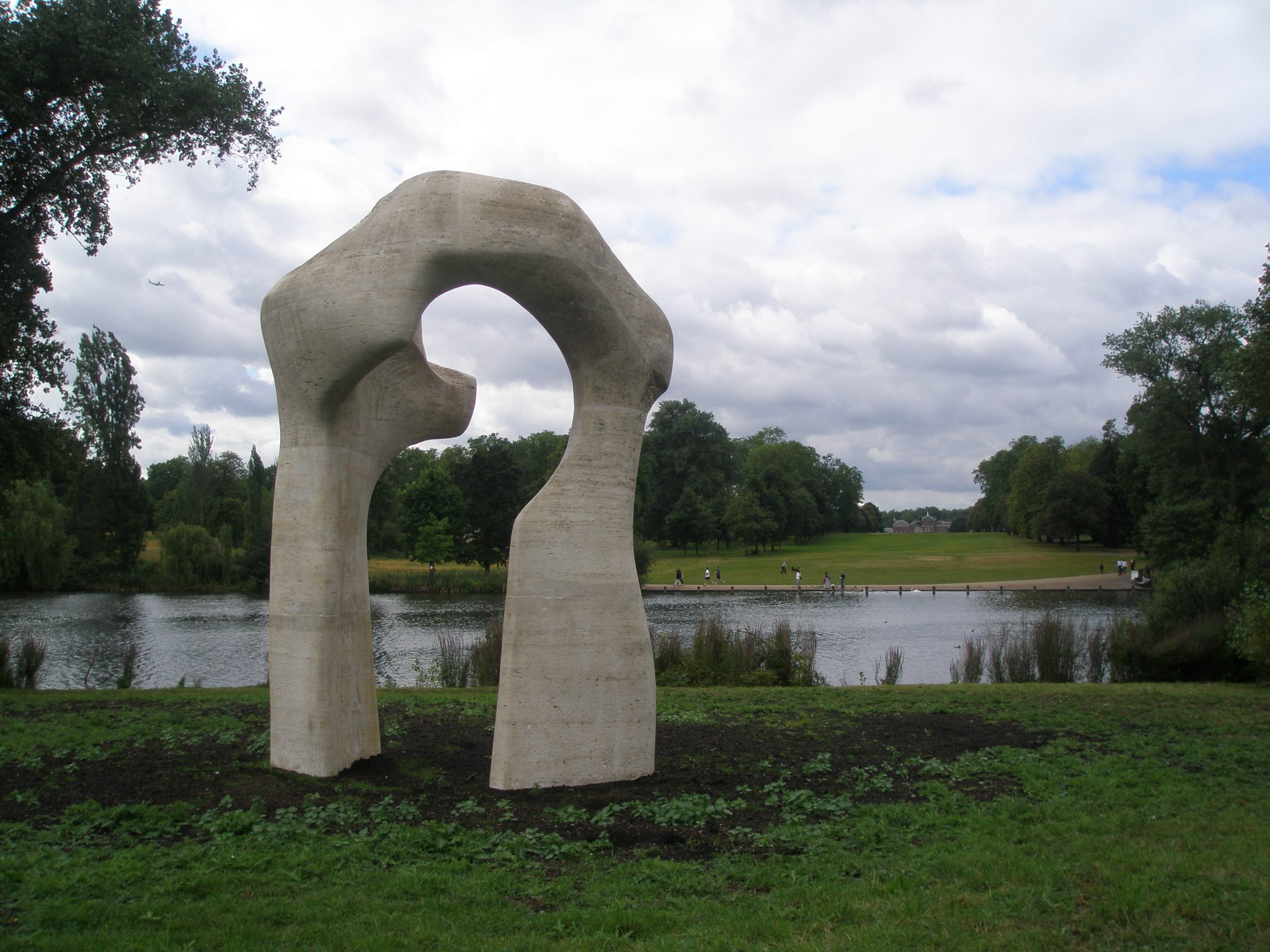
Hyde Park: Looking across the Long Water, toward Kensington Palace
A milestone birthday loomed, and, although it’s politically incorrect to admit, I wasn’t a bit pleased about my incipient old-lady-hood. But, rather than bemoan the inevitable, I decided instead to use my Virgin Atlantic frequent flyer miles and head back out into the World for a solid month; to visit far-away friends, and to deepen my understanding of the wonders of Italy, and of England. Over a sequence of Chapters, I’ll show you how I celebrated life, hit the pavements in great cities, sought splendid country vistas, and unearthed small treasures.
August 29th, 2012. 7AM. My flight from Boston arrived early at Heathrow. Along with hundreds of other glassy-eyed travelers, most of whom seemed to have flown in from China or the Middle East, I crept toward the UK Border agents. Prior to the Olympics, I’d read of grueling hour-and-a-half waits to enter England, and so my mere 55 minutes spent in the queue that morning seemed a godsend. For this trip, I’d promised myself to loosen my addictions to multiple suitcases (more about that later), and to chauffeur driven cars, and so I traveled into London on the Heathrow Express, which delivered me comfortably, and inexpensively, to Paddington Station in 15 minutes.
Per usual, my home-base in London was the perfectly-located and well-run Sloane Square Hotel, but instead of behaving sensibly and burrowing into one of their extremely comfortable beds to sleep off the time difference, I immediately slogged out onto the puddled sidewalks. Halfway up Sloane Street toward Hyde Park, the drizzle became a sideways torrent. The prospect of getting pneumonia at the very start of my month away was unacceptable, and so I began a search for some serious Wellies, which I eventually found at Harrods. I’d always sneered at the tourist mobs in that emporium (and the tacky Dodi and Diana Memorial…), but I climbed off my high horse, rode the elevators in the Egyptian Hall to the fifth floor, and found exactly what I needed in the sportsware department. After dealing with the surly and too-cool-for-school unhelpfulness of the employees at Harvey Nichols, where I’d first gone to try to warm my soaked feet, Harrods customer-service-with-a-smile was a welcome thing. Now properly-booted, I grabbed a hot breakfast at Harrods Tea Room, and afterward wormed my way through Harrods’ crowded departments toward the less-trafficked rear exits.
I found myself smack-dab in front of the Ecuadorian Embassy, where Julian Assange is holed up, as he fights extradition to Sweden. His bedraggled supporters held their ground on the sidewalk, while ridiculous numbers of British police eyed them from all angles. There’s nothing glamorous about Assange’s place of exile.
Wondering about the truth of the charges against Assange, I turned my back on that hurly-burly, and headed for the calm of Hyde Park.
A patch of sunshine winked through the clouds, at The Serpentine…
…before overcast returned.
Evidence of Olympics water events lingered:
A dim memory about a review of an interesting show at The Serpentine Gallery lurked, and I headed away from the swans, toward Kensington Gardens.
Ah…yes. A Yoko Ono show at The Serpentine Gallery: her work from the 60’s to the present. Unexcited at the prospect, I nevertheless went inside, because the rain had once again become heavy, and admission was free.
I’d grown up with the notion that Yoko Ono was a tiresome, coat-tail gripper. I loved the Beatles, but knew the popular assumption that she’d shattered the group was absurd. She was a footnote in my consciousness. Her Conceptual Art…hmmm, probably a waste of gallery space? But today in London was an opportunity to experience her work, first-hand. In a series of stark, white rooms, some with windows overlooking the Gardens’ misty landscapes, I was pleased to discover that Ono, with humble materials, presents environments that invite the viewer to participate in her precise and elegant thought processes. She achieves this art of inclusion by wanting you to ponder along with her; she does not lecture. She does not pander to the lowest common denominator. Instead, she provides direct and simple visual cues, which ask us to elevate ourselves. With pure images, ambient sound, impish humor, and deadly seriousness she stimulates, challenges, and then calms.
The rooms have varying and quietly emotional atmospheres. Of course the specter of her Lost John hovers, but Lennon-or-no-Lennon, Ono’s art is self-supporting. A white ladder leads to the tiny word “yes.” A camera invites all who enter to smile for posterity. A large, plexiglass maze entices us. A film of anonymous buttocks, most as imperfect as our own, reminds us that we’re more alike than not. Eleven faded-green battle helmets float in the air, upside-down, the crowns of each partially filled with blue cardboard puzzle pieces that are printed with word fragments which we yearn to decipher. The sound of a bird’s shriek echoes. A video of Ono’s eye, blinking slowly, watches over the helmets. Nearby, 3 mounds of soil are labeled Country A, Country B, and Country C. Behind them, a tattered poster announcing “War is Over” threatens to loosen itself from the wall. My initial response was “oh NO…enough with the Give Peace a Chance!” But then the helmets swaying, and the bird crying, and the dirt drifting made me very sad, and the simplicity of Ono’s unwavering message about the pointlessness of violence struck hard. In her public appearances, Ono has always dressed either in white, or in black. I wouldn’t be surprised if those color choices were her commentary upon the way the world has viewed her. I now appreciate her many colors. (The Serpentine Gallery show closed on Sept. 9th.)
Invigorated by the Ono show, I continued my hike through Kensington Gardens, lingered over a late lunch at The Orangery, and then savored the high luxury of being able to walk alone in London’s great parks. Apart from some gleeful dogs who led their humans across the broad lawns…
…and a few children on skates who were leading THEIR humans down green tunnels…
…my only companions were the heroic sculptures in the Gardens…
…and at the Albert Memorial.
Finally succumbing to jet-lag, I ambled home, to the same hotel room that I always request, where I gazed out of my south-facing windows for a long while as an endless parade of airplanes made westward descents through the clearing skies toward Heathrow. When twilight came, I slept.
August 30th.
On my last full day in London before continuing on to Venice, a visit to the Victoria & Albert Museum was inevitable.
Because I compulsively design (furniture, houses, gardens), V&A’s stash of exactly 221,829 beautiful objects–from the gargantuan two-piece plaster reproduction of Trajan’s Column…
…to the tiniest examples of the jeweler’s art–in the Display Collections is a Major Lure. And behind the scenes, a couple more million books, textiles and other items are stored for occasional, scholarly use, all in rooms which are themselves works of great artistry.
Each time I visit London, I return to the V&A; even my museum-savvy British friends Anne and David Guy tell me they haven’t peered into some of the rooms there that I haunt. But perhaps the reason I cannot get enough of the V&A is simply because it’s the liveliest, un-stuffiest, most jolly museum I know. Visitors all smile because around each corner, jumbles of surprises await. Being surrounded by oodles of thoughtfully-designed objects lifts the collective soul.
But sometimes focus is necessary when doing the V&A, and the day’s project was a visit to their exuberantly-staged show, “Ballgowns:British Glamour Since 1950” (runs until January 6, 2013).
Ballgowns are inherently architectural and sculptural. They need to be seen in the round, and because most of us are exposed to such garments only via one-dimensional photos, our understanding of these creations is limited. The V&A show is mounted so that most sides of the gowns are visible, either with mirrors, or from actual walk-arounds. These three-dimensional views transform those gowns from the flat paper-doll outfits we see in the media into the lengths of intricately-detailed fabric which enfold–sometimes comfortably, and sometimes,
obviously, UN-comfortably–the bodies of the women who wear them to climb stairs, and dance, and sit and (most challenging) emerge
unwrinkled from limos.
The V&A prohibits picture-taking at its special exhibits, I did my naughty-tourist thing and snapped a fast photo of the upper lever of the BALLGOWNS exhibit, from another wing of the Museum.
Oddly, photos of some of the gowns that I considered the finest in the Show were not included in the official set of postcards, and the bright and celebratory exhibit is supplemented by a darkly peculiar hardcover book. Vivienne Westwood’s show-stopper of a white gown, with its intentionally-tattered hem, is nowhere to be seen in the official publications. And Stella McCartney’s wearable and exquisite palazzo pant ensemble with embroidered top, though documented, is photographed badly.
Weeks later, when I visited Oxford University’s wonderful Natural History Museum, I remembered this McQueen gown at the V&A and hoped
that, someday, it would be preserved alongside its cousins in a taxidermy case at Oxford.
And finally, in this first Chapter, I get to the nuts-and-bolts of Featherweight Traveling. I try to keep things challenging for myself…even prosaic matters like what to pack for a month-long journey to England and Italy, where weather conditions might vary from November-ish cold and wet, to high-summer humidity and sun. During past such trips, I’d dragged two suitcases and a shoulder bag:
burdensome and body-bruising. Airlines had sometimes lost, or stolen from, my checked baggage. Clambering up steep railway car steps, or hopping onto rocking boat decks with my paraphernalia had strained my arms and back. For this journey, I decided to limit myself to a single suitcase, one which would conform to the carry-on size and weight limits of the two airlines I’d be using (Virgin Atlantic, and British Airways). Since I’ve never been a jeans-and-sneakers traveler, choosing simple, elegant clothing would be a challenge. Ruthless editing was in order.
After 33 days on the road, I’m pleased to say that everything I needed, I had.
In my next Chapter: Venice–The Centurion Palace Hotel; Biennale Architettura; Regatta Storica…and a dollop of opera at
Teatro La Fenice.
2012 Copyright:Nan Quick–Nan Quick’s Diaries for Armchair Travelers.
Unauthorized use and/or duplication of this material without express
& written permission from Nan Quick is strictly prohibited.

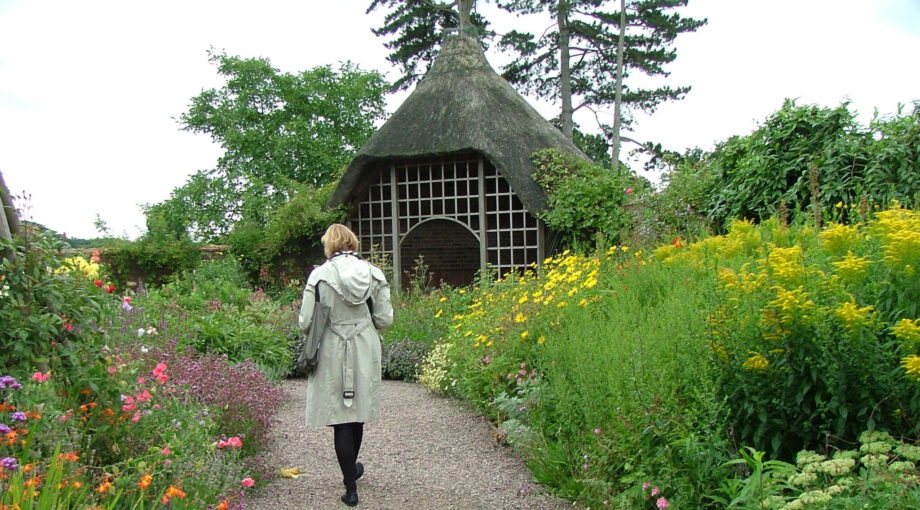

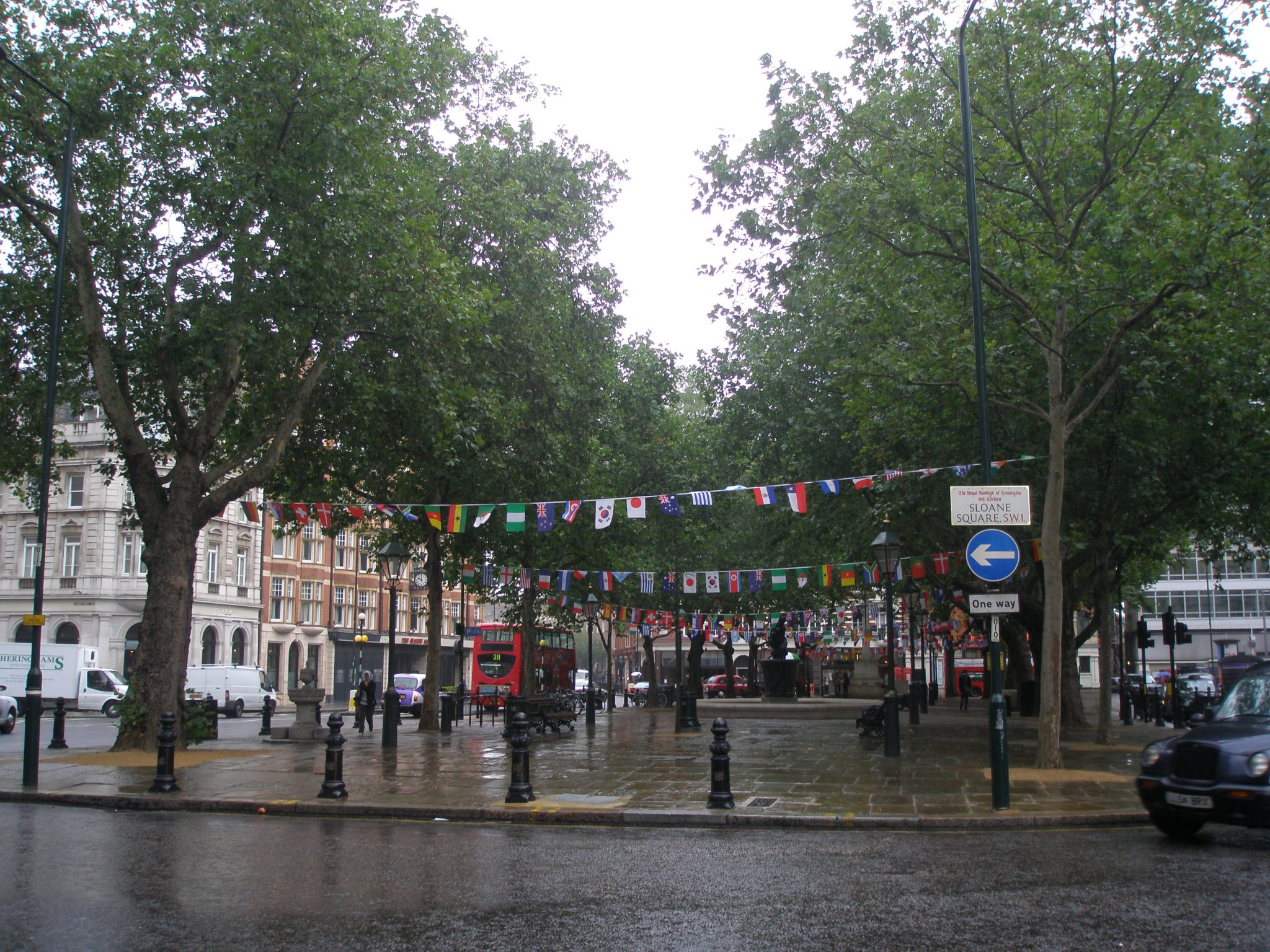

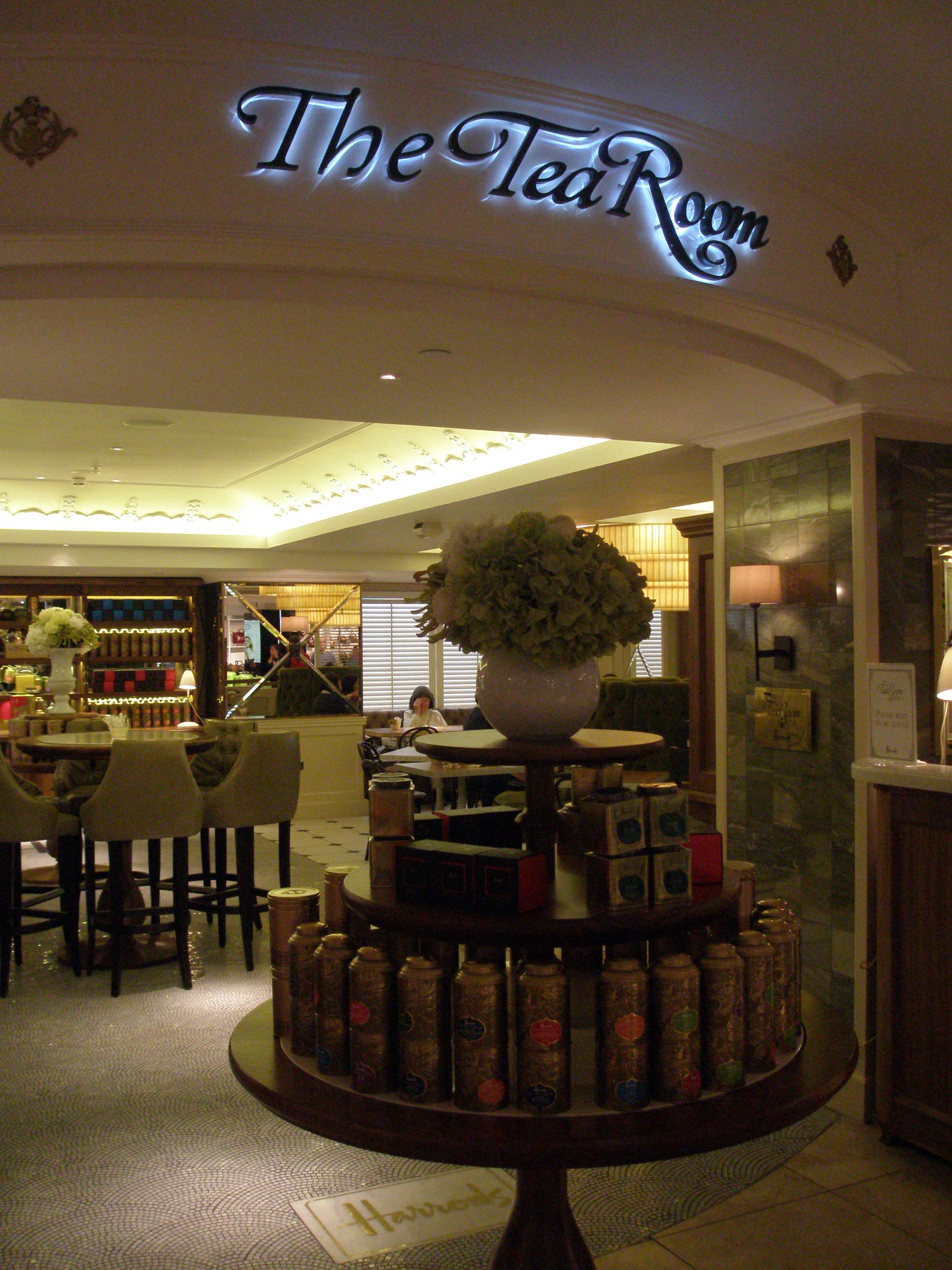
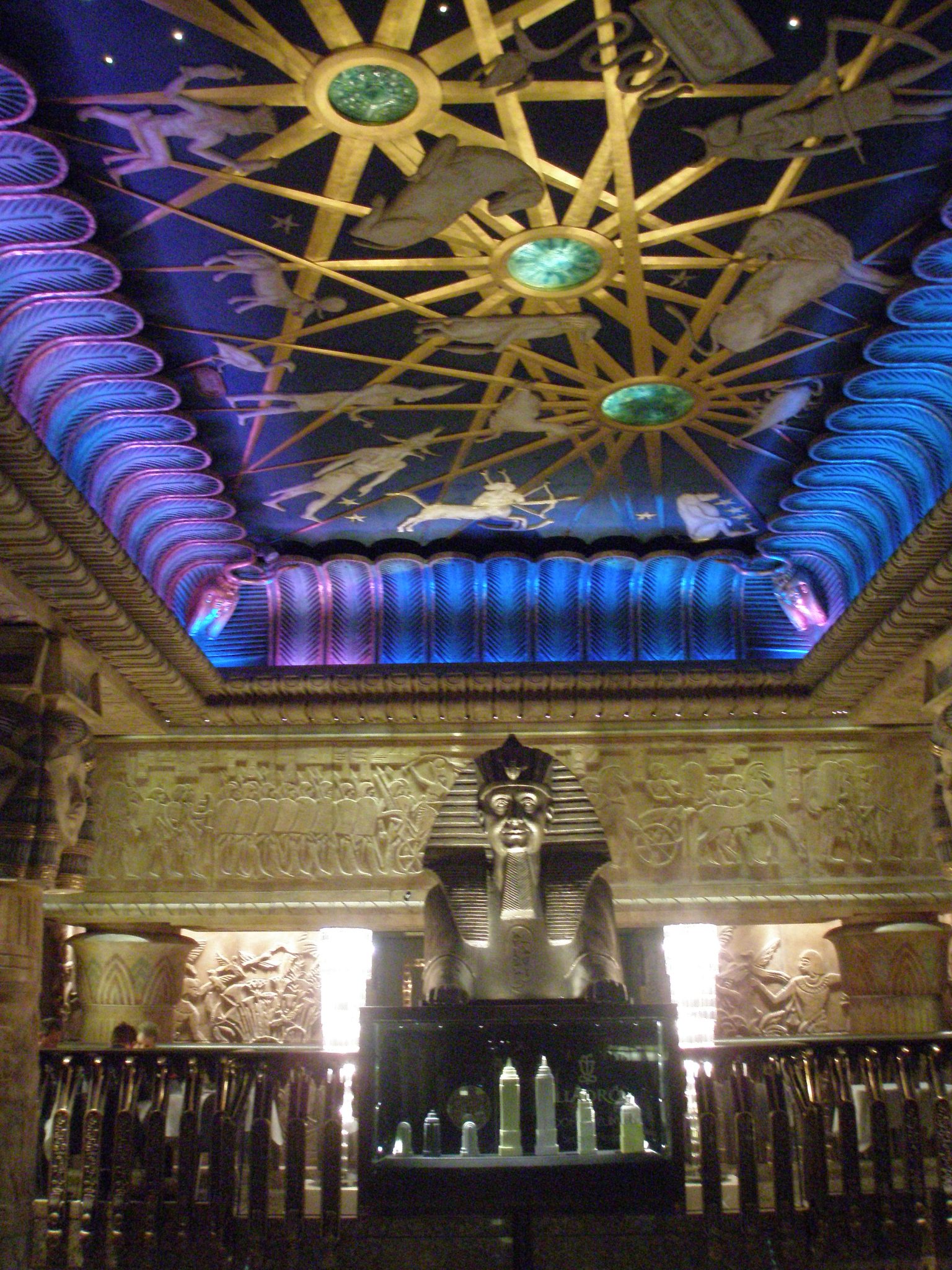
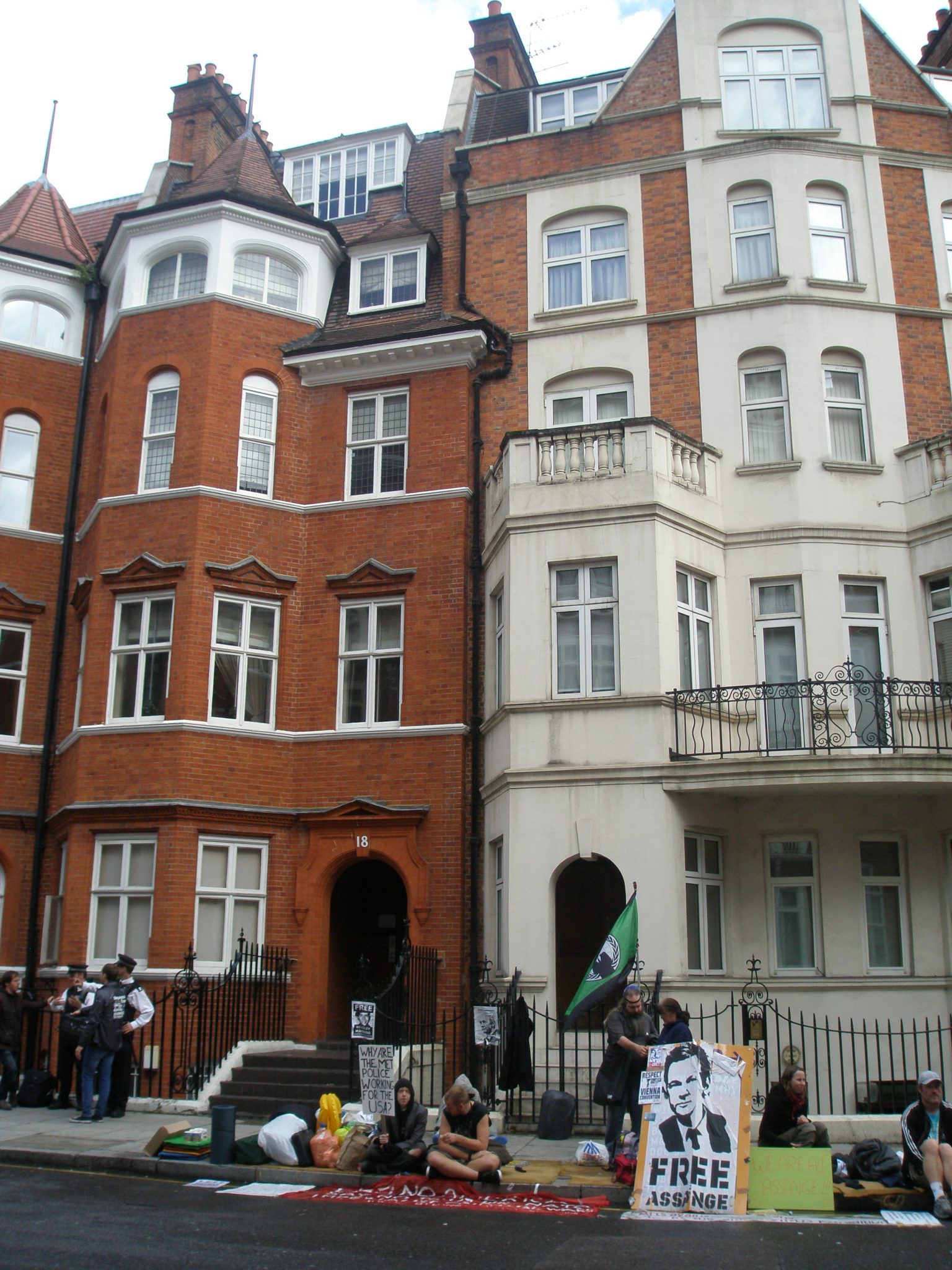
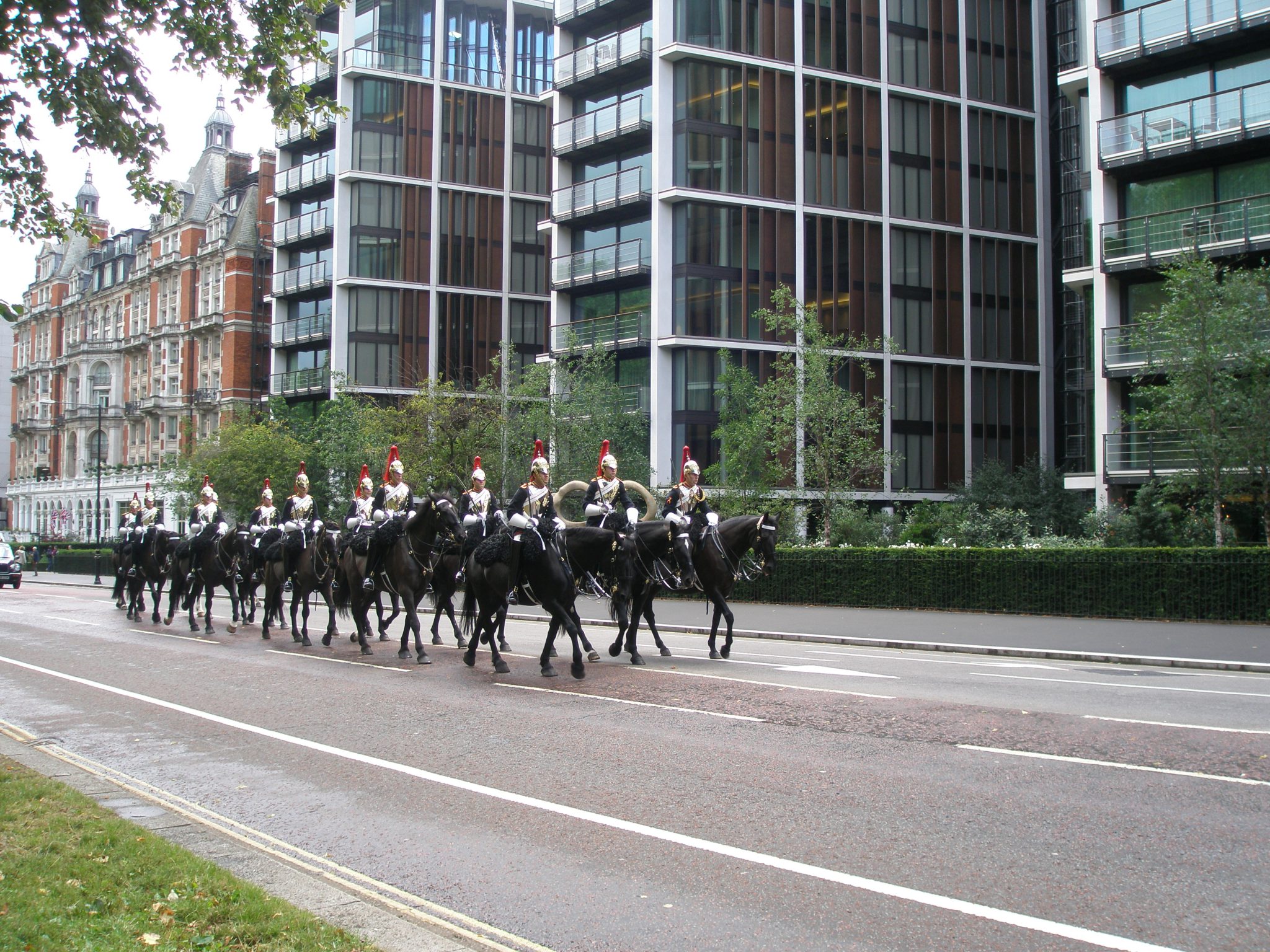

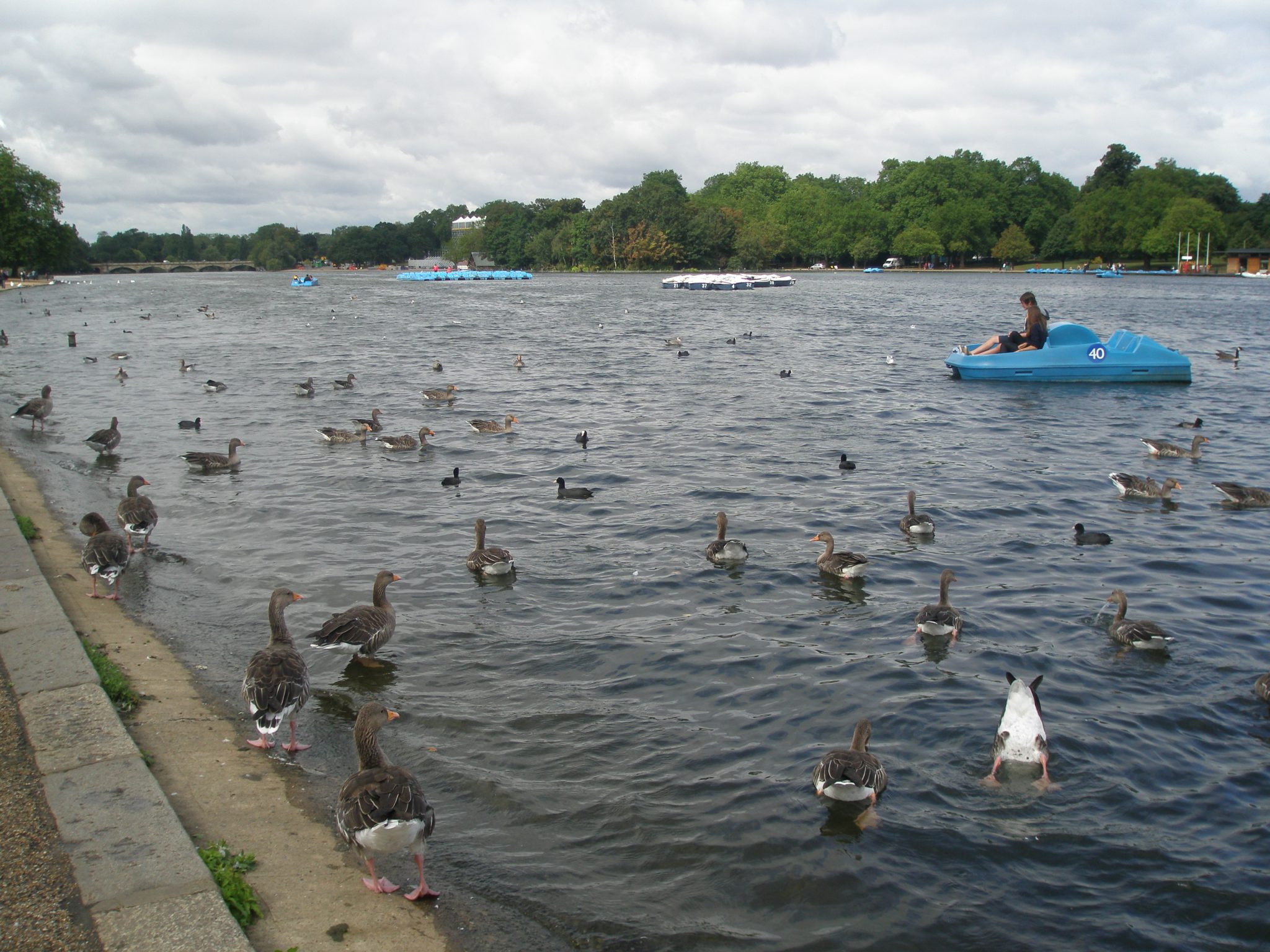
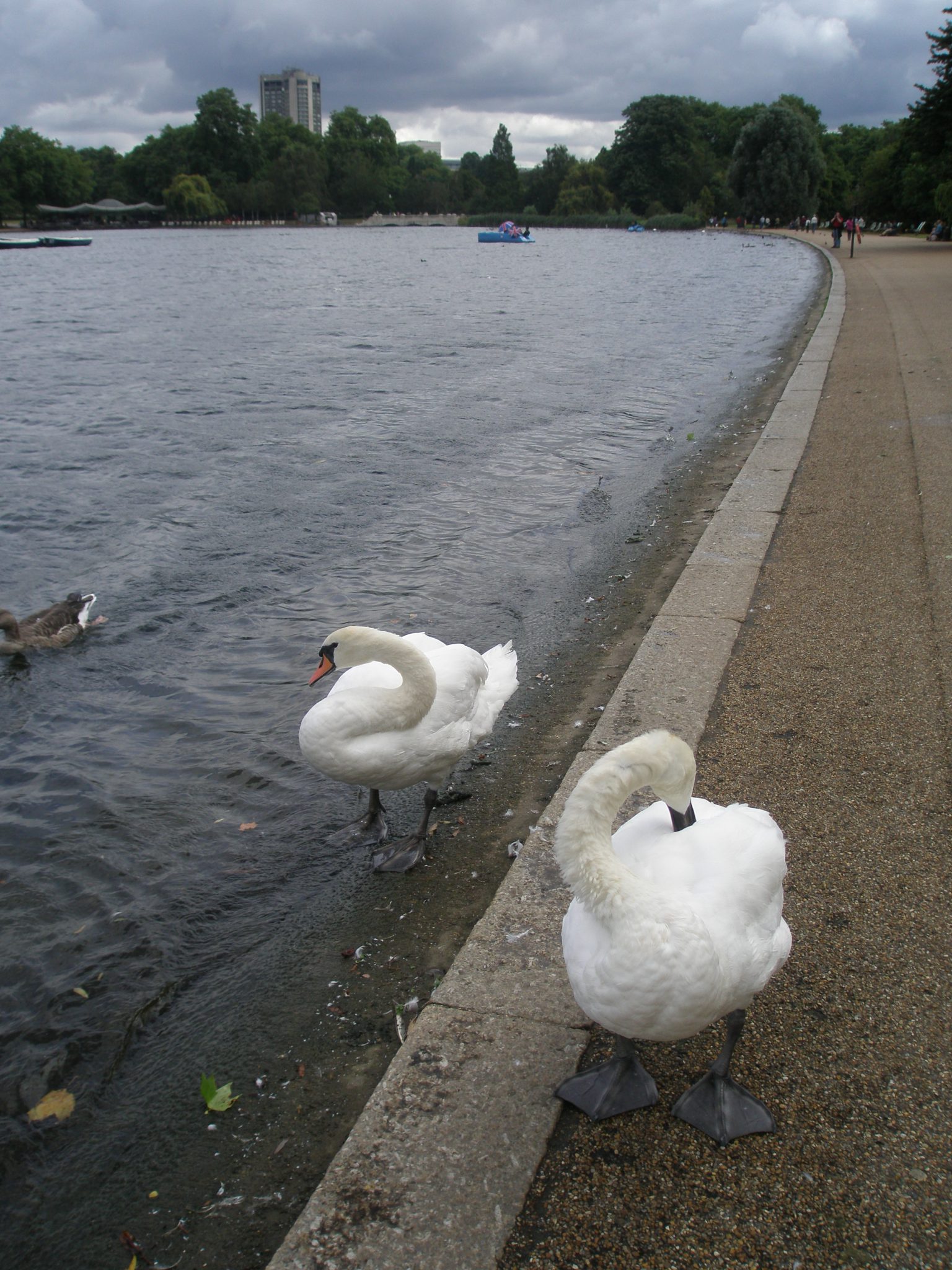
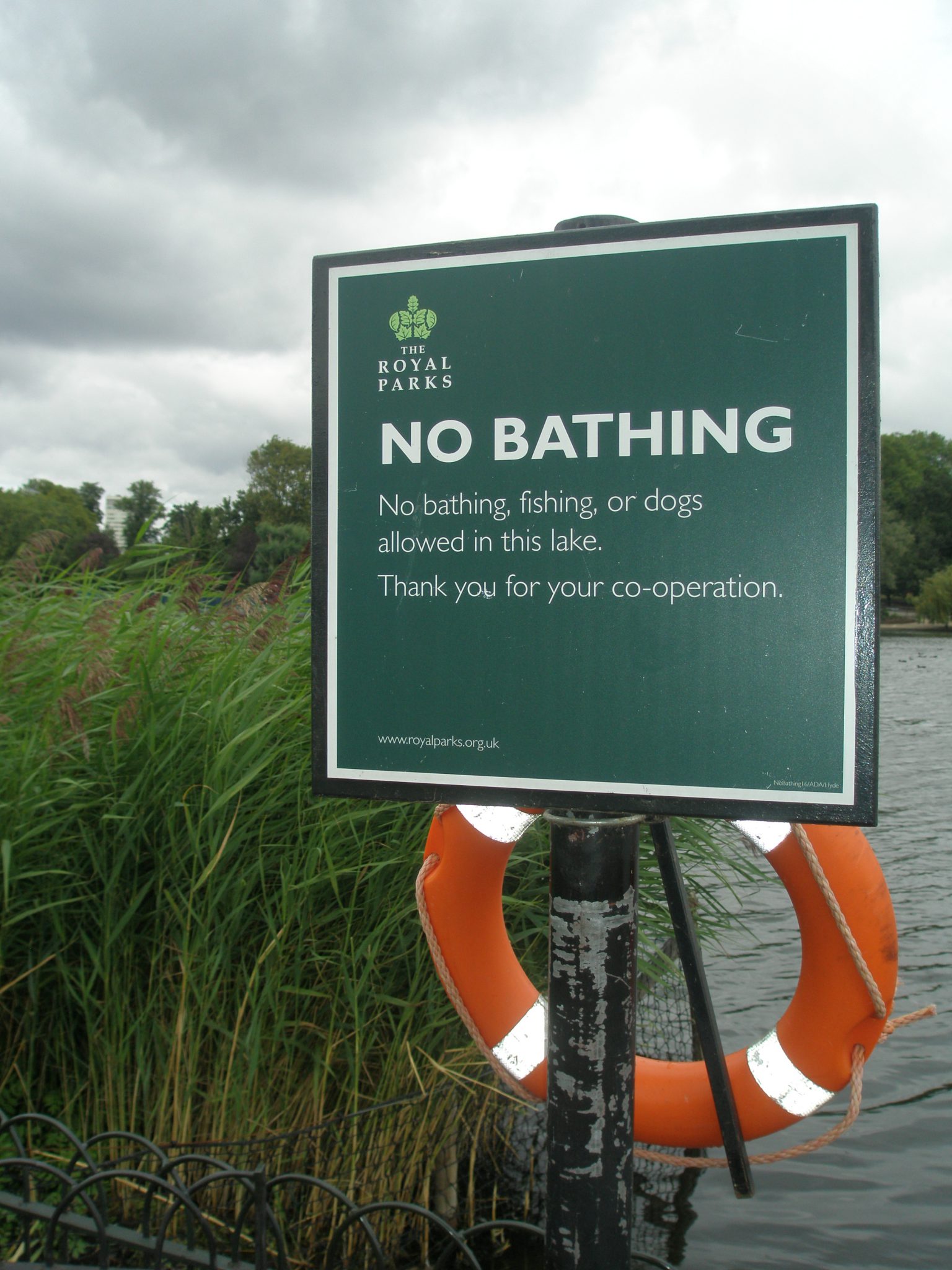
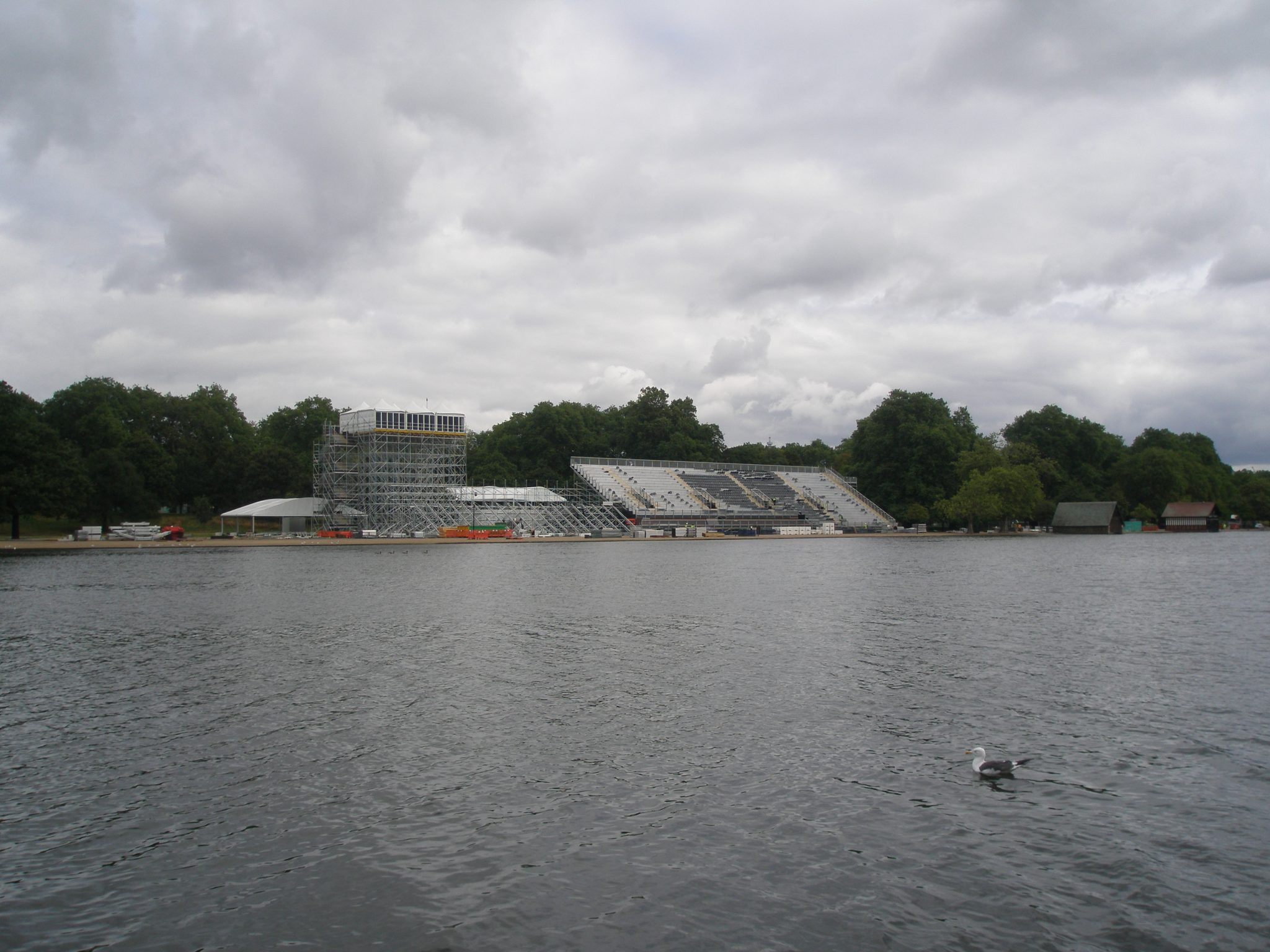
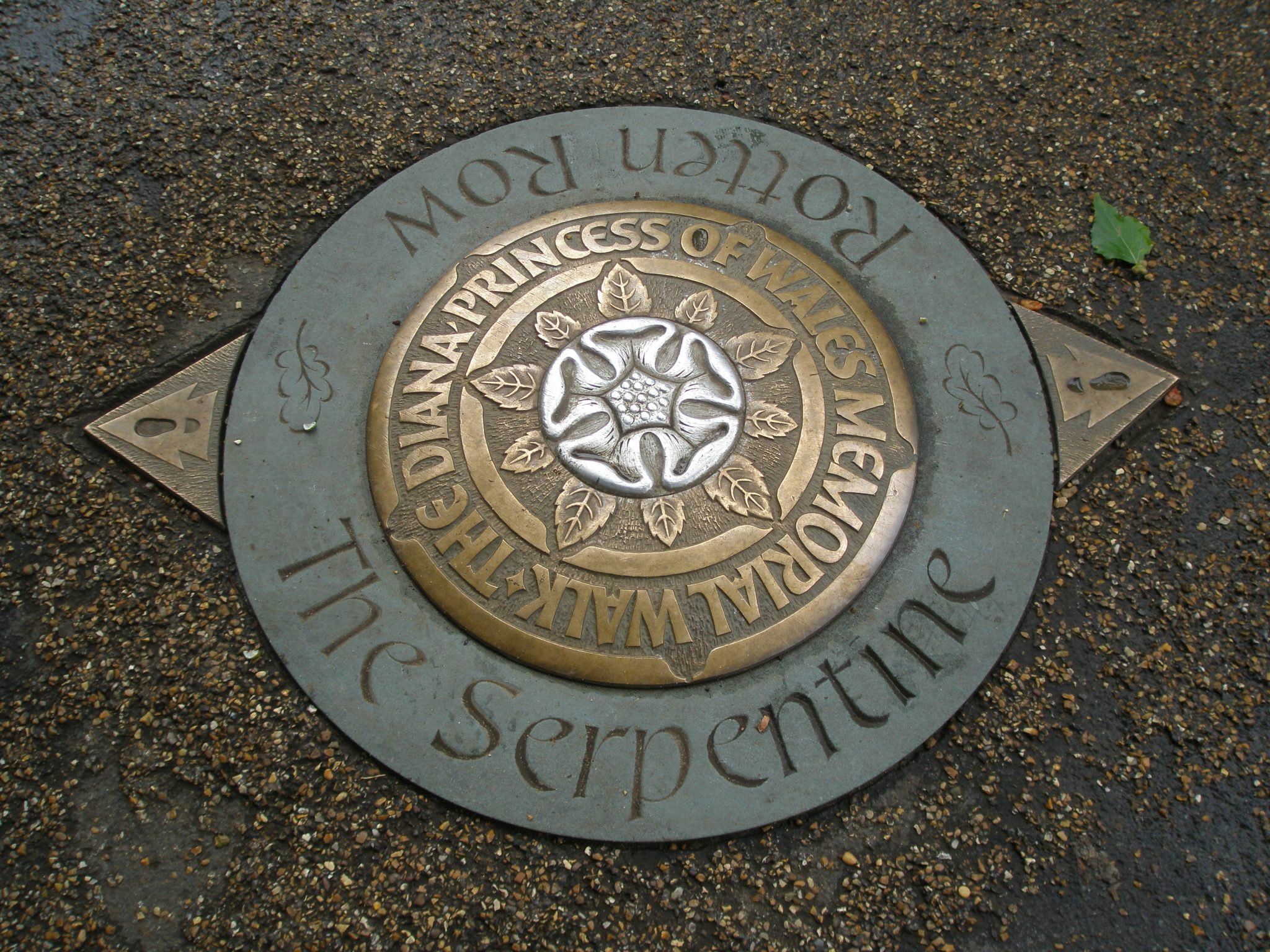
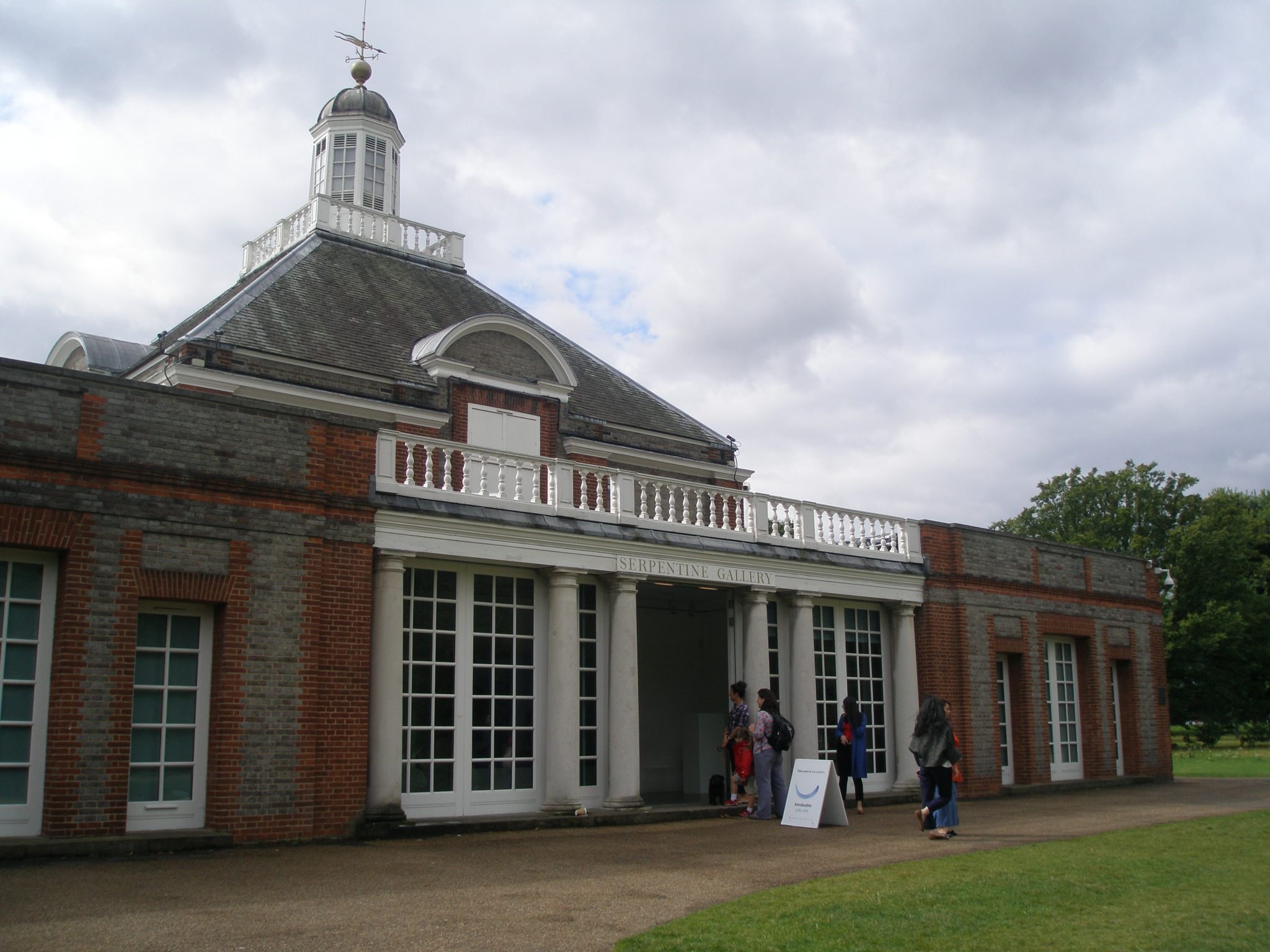
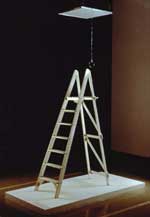
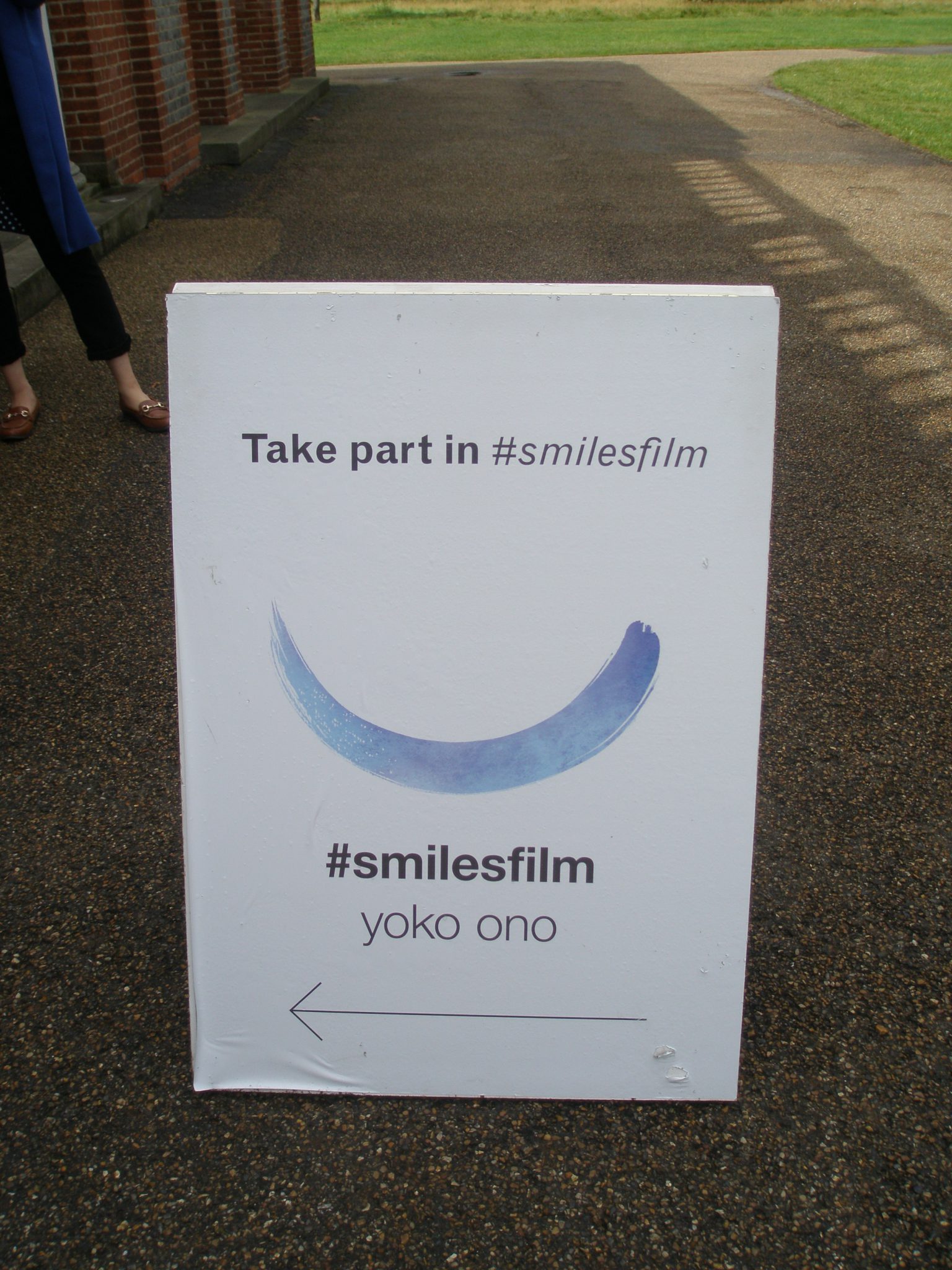
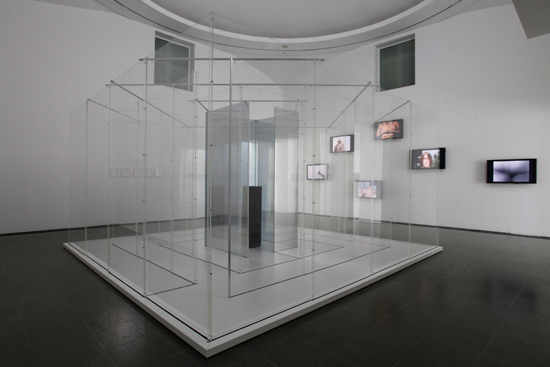
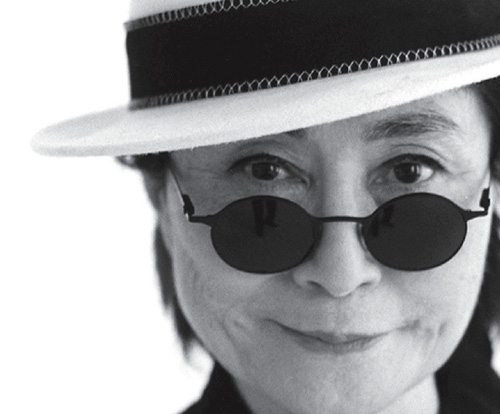
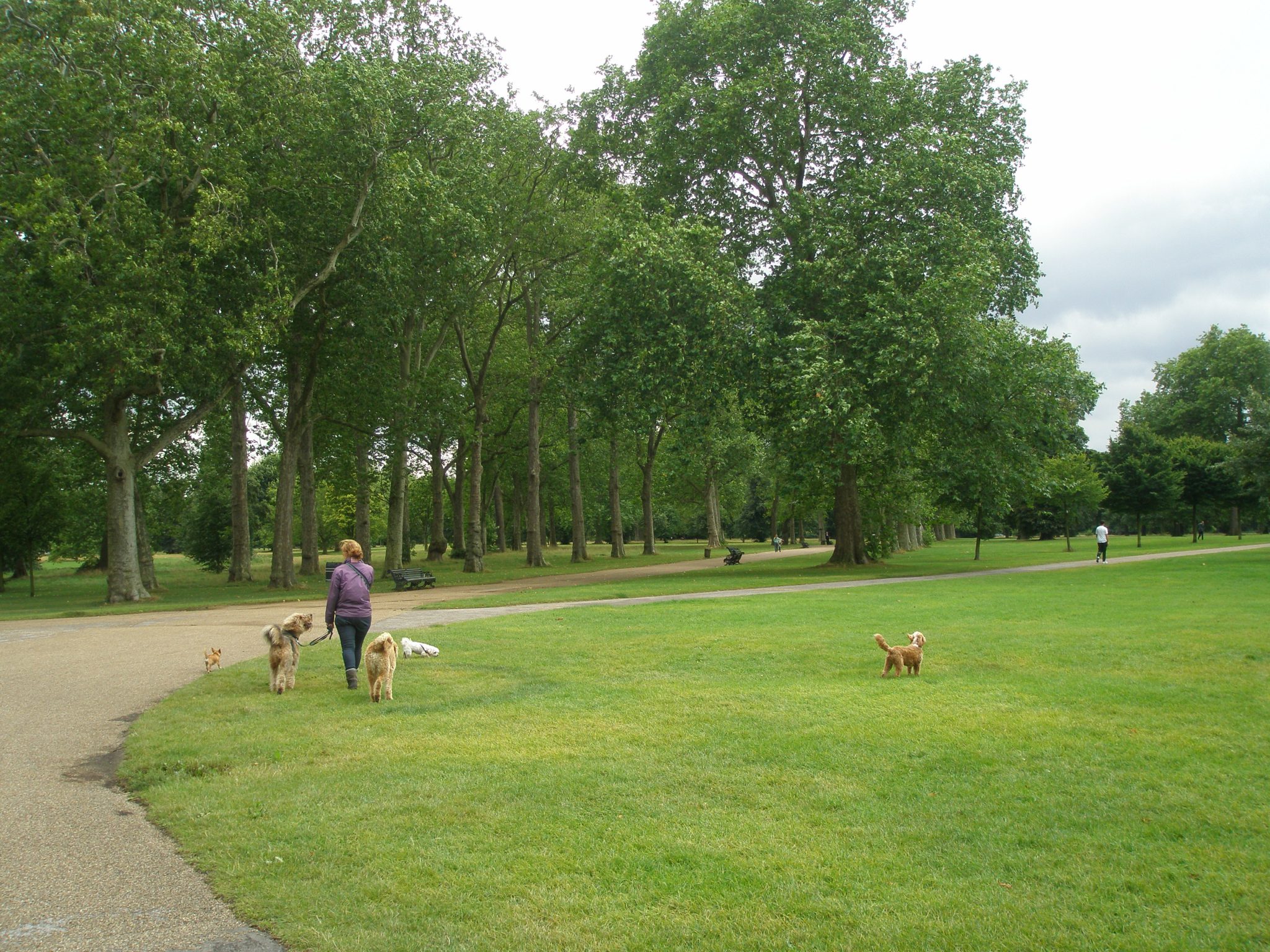
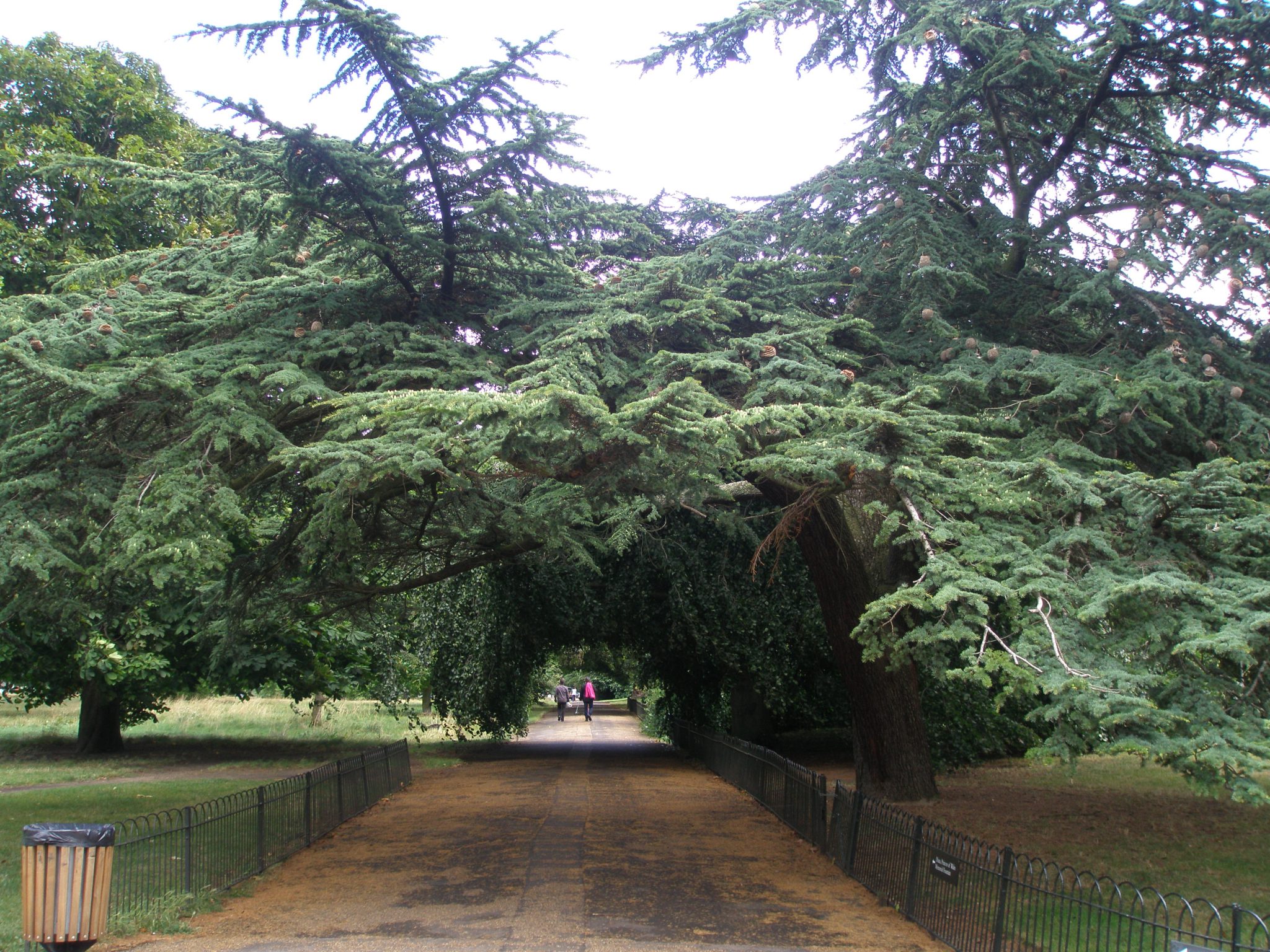
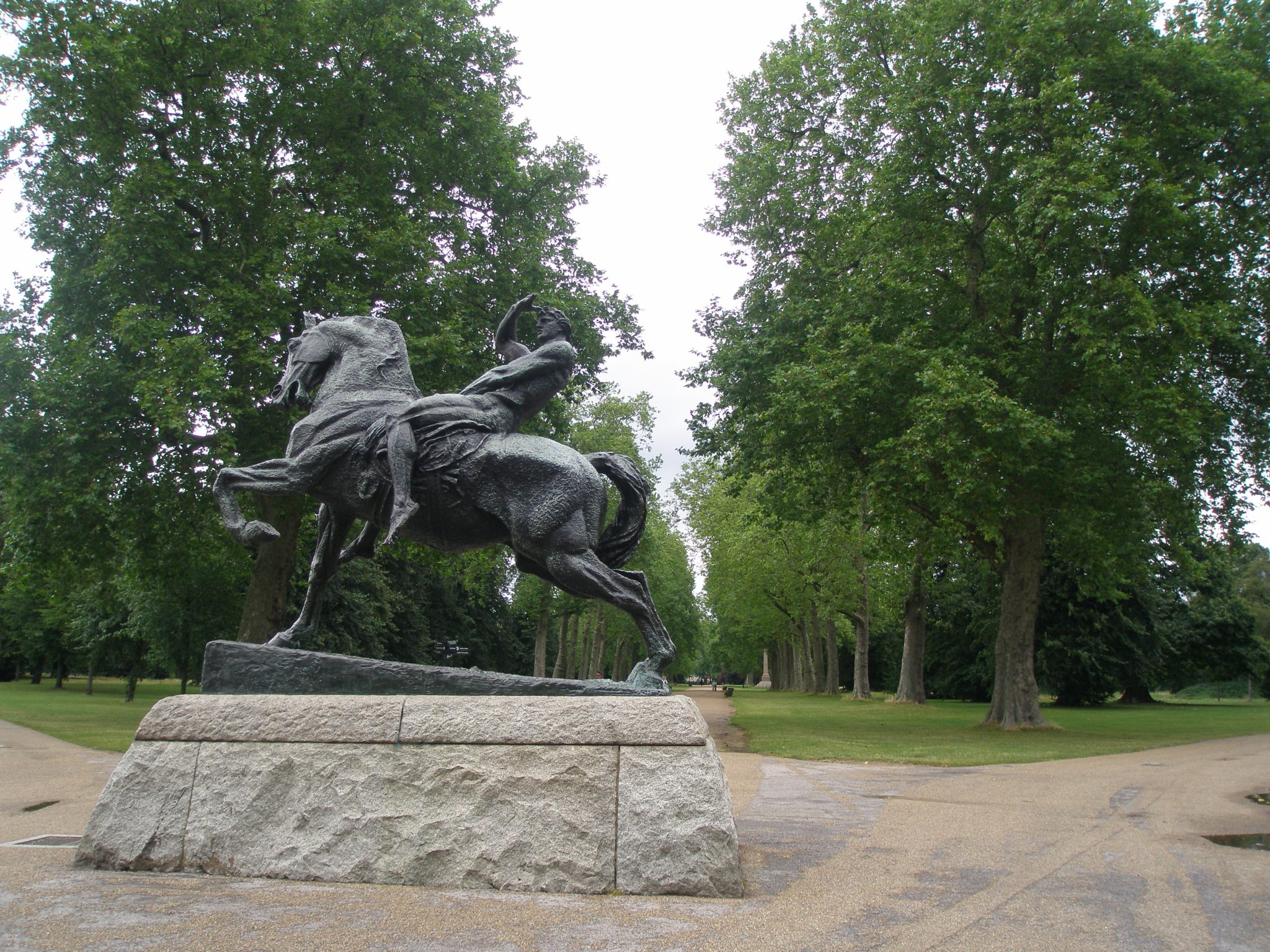
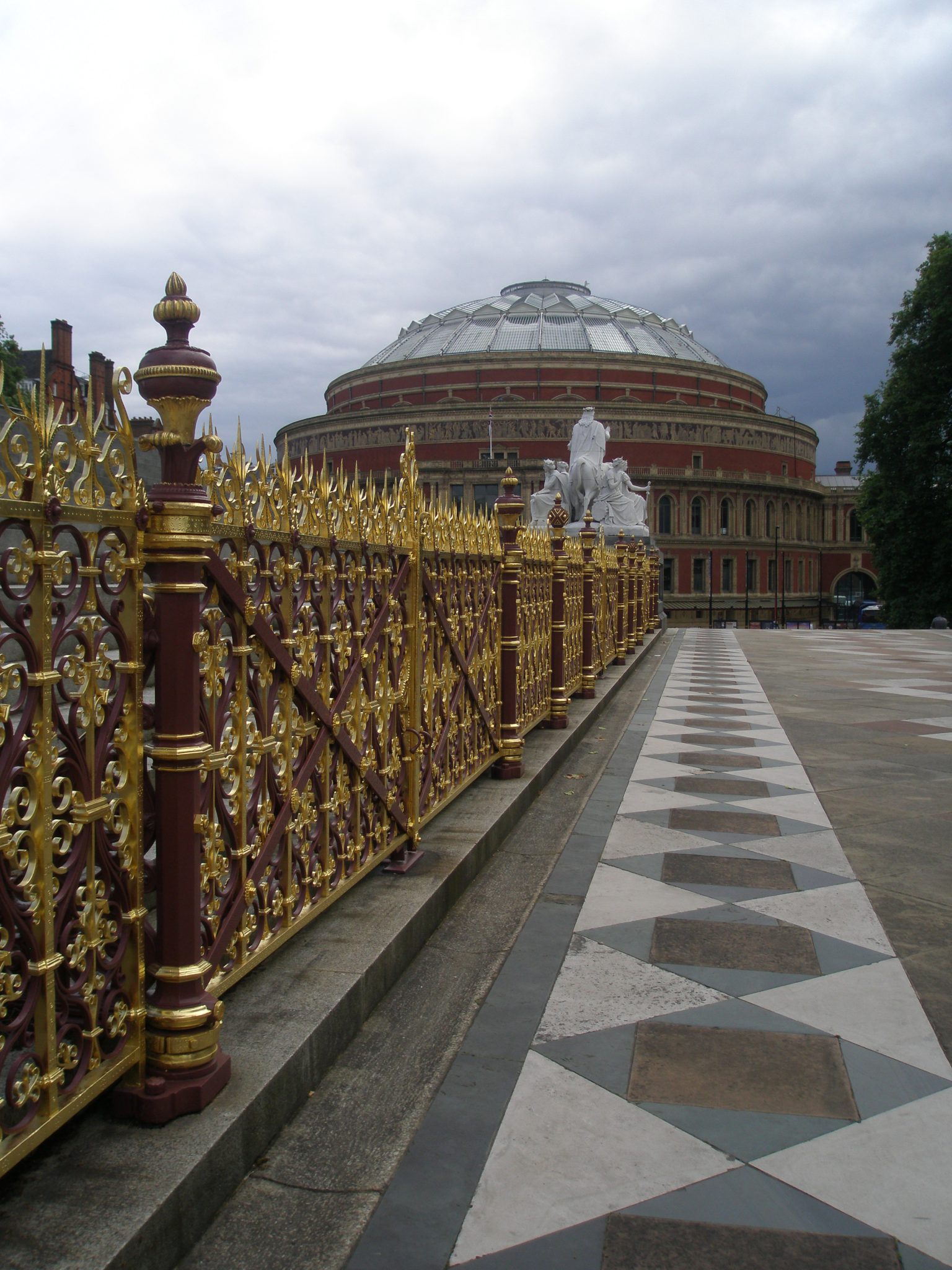
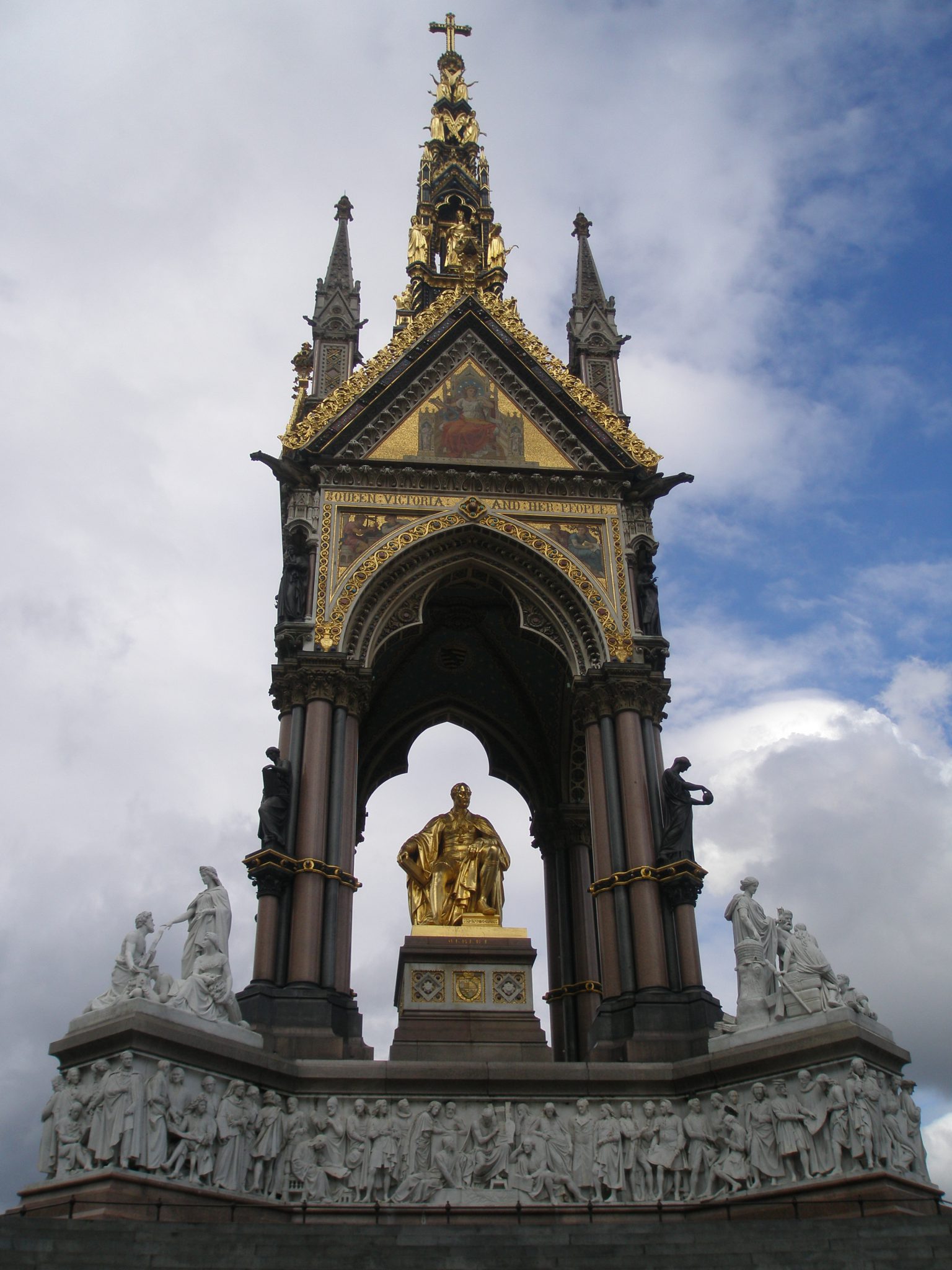
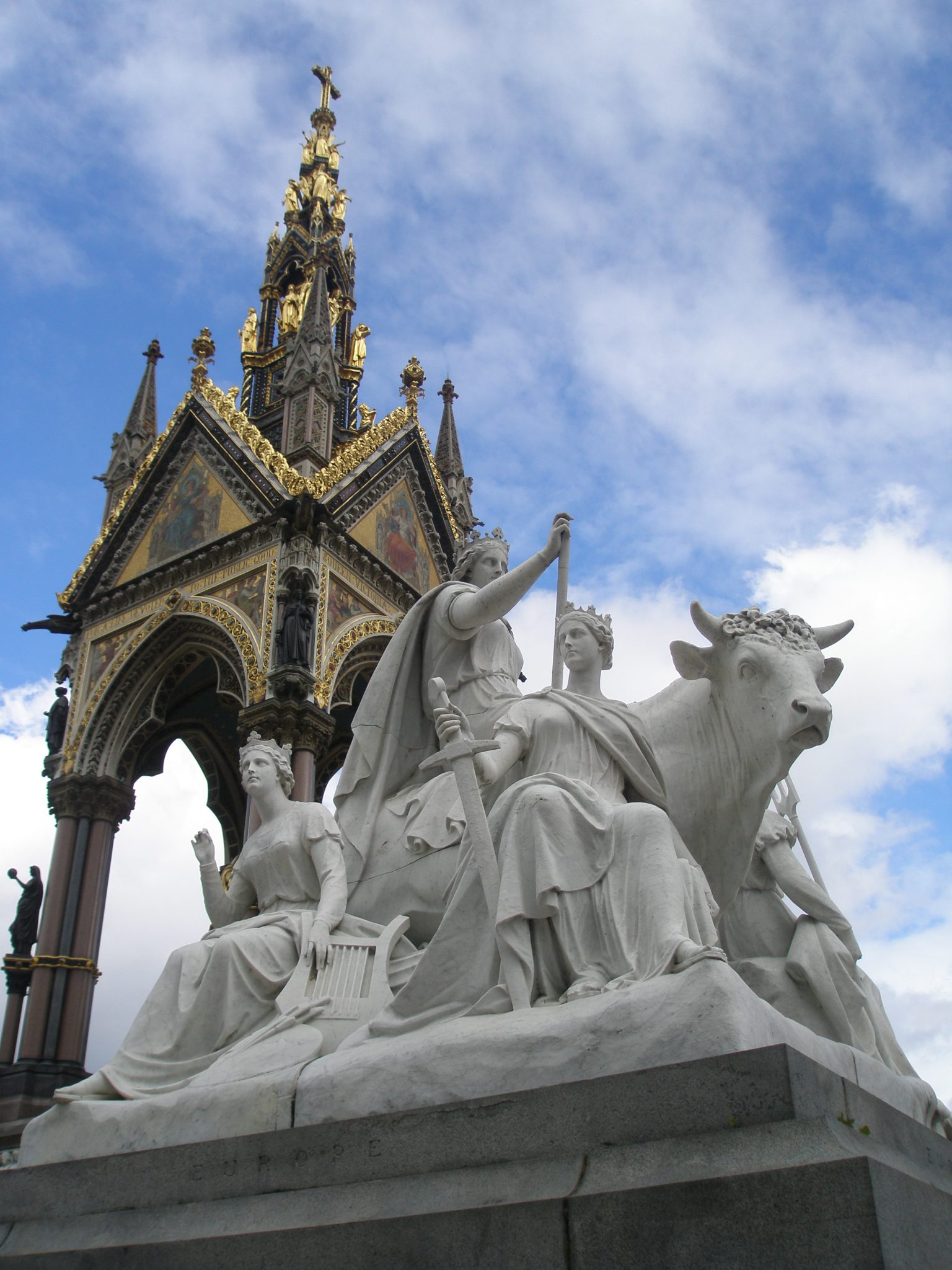
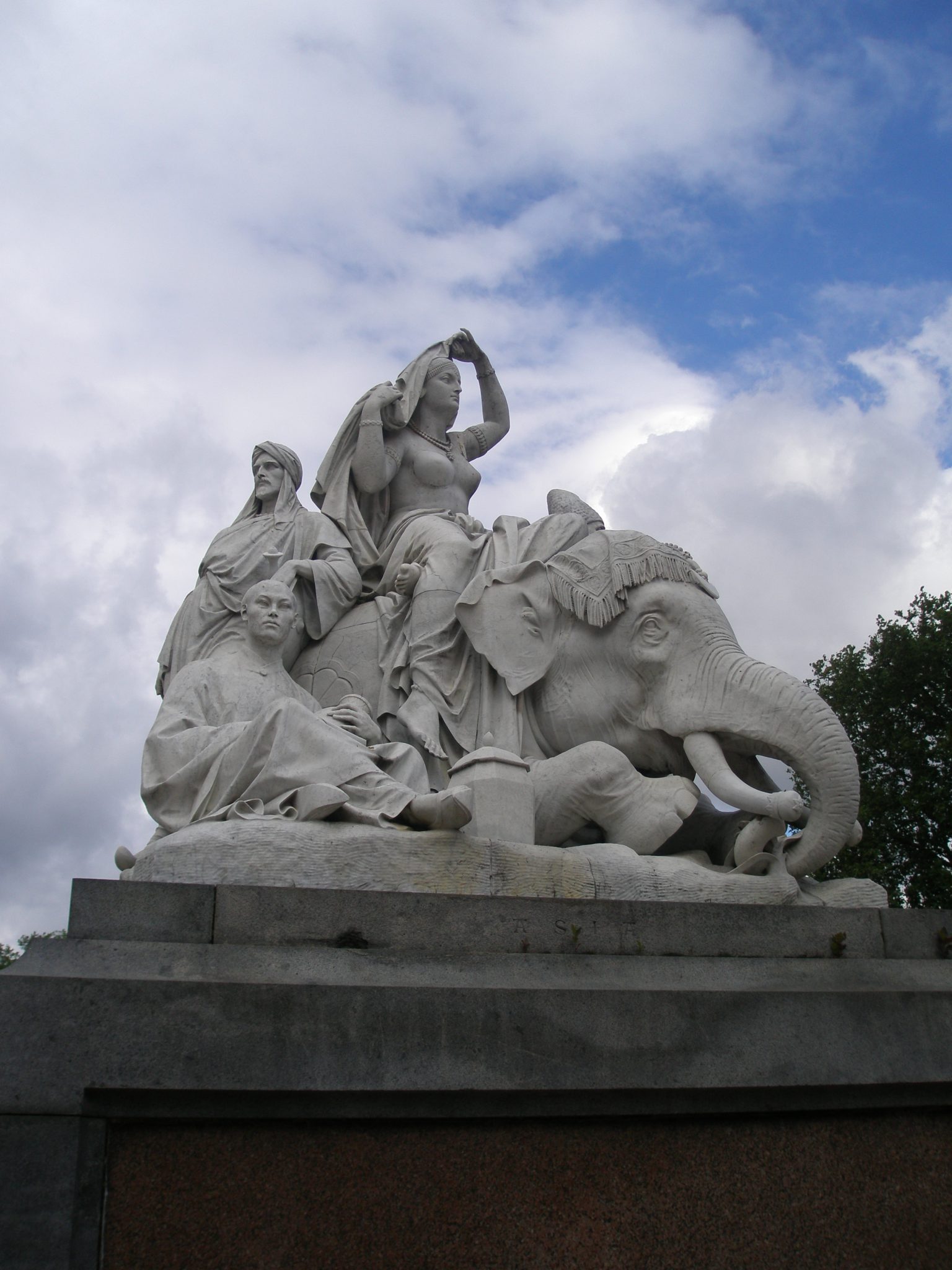

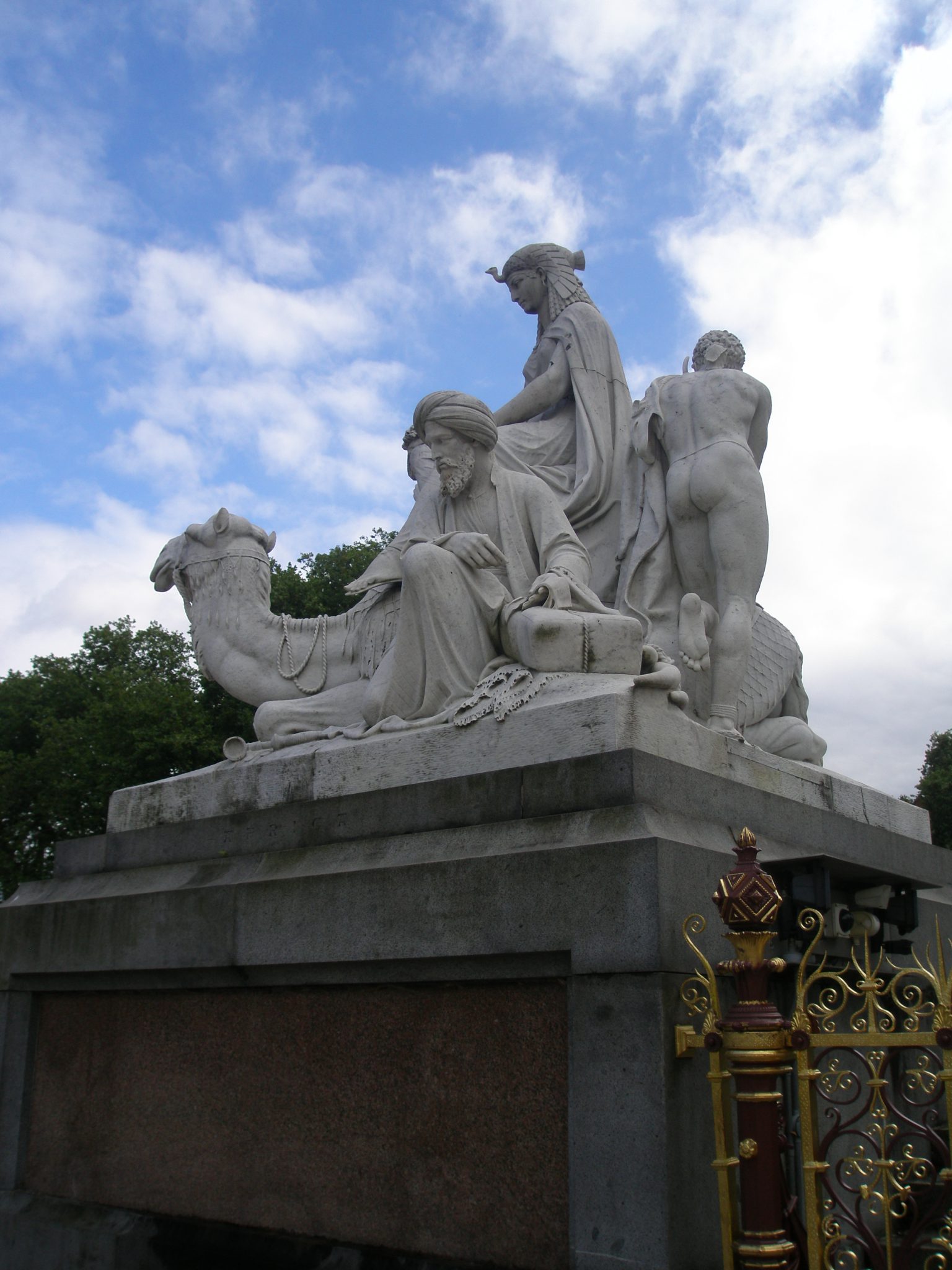
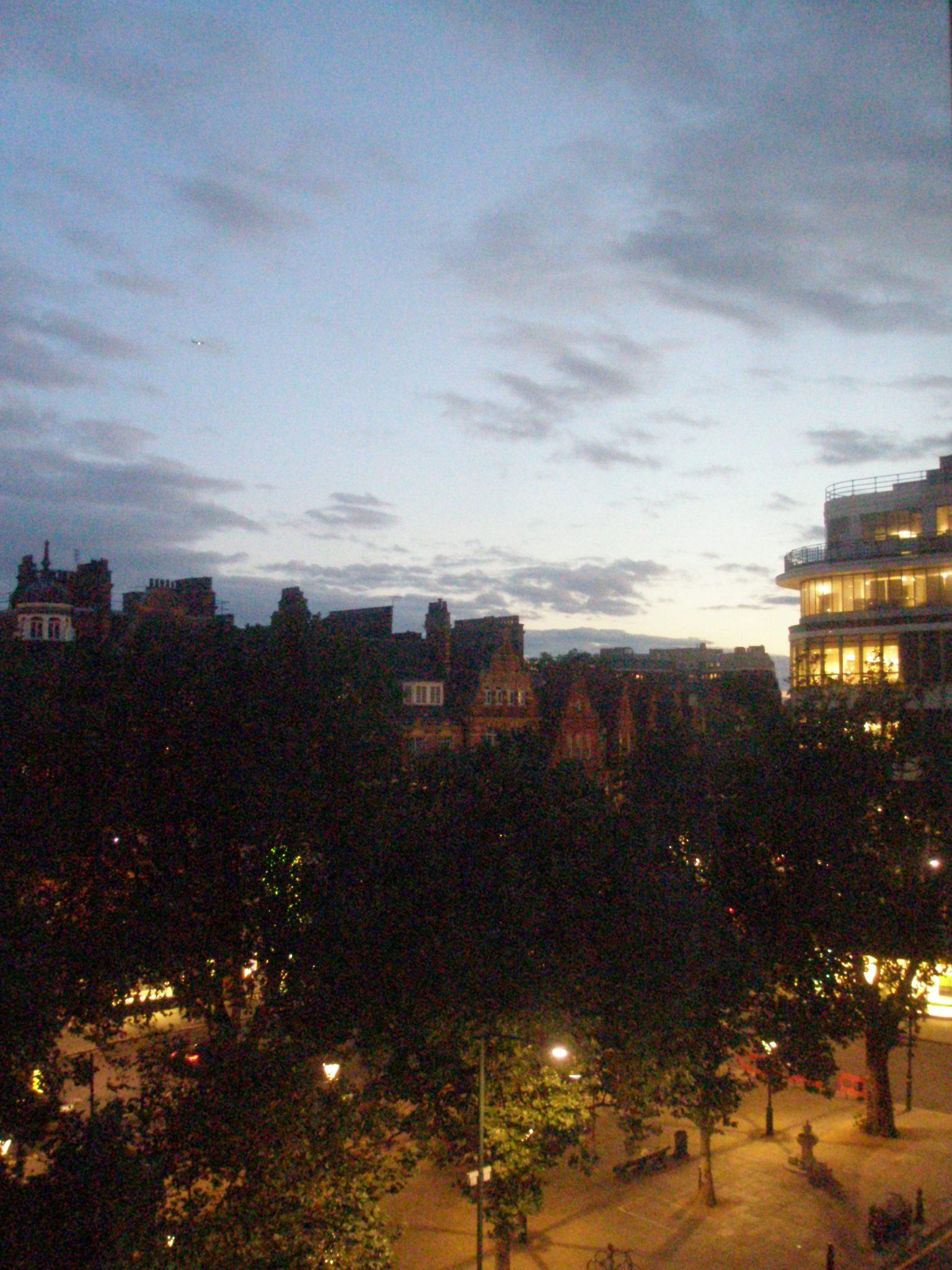
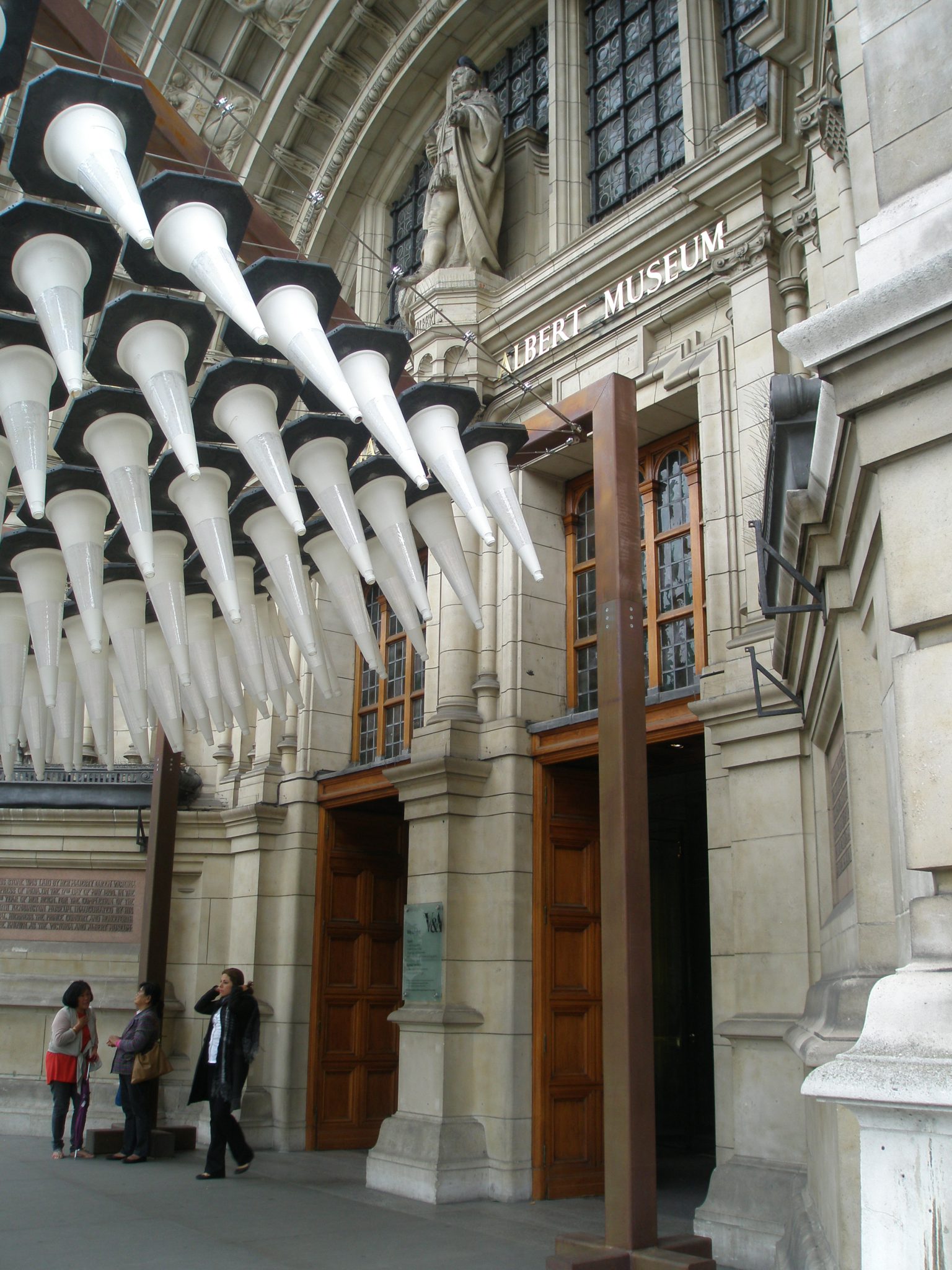
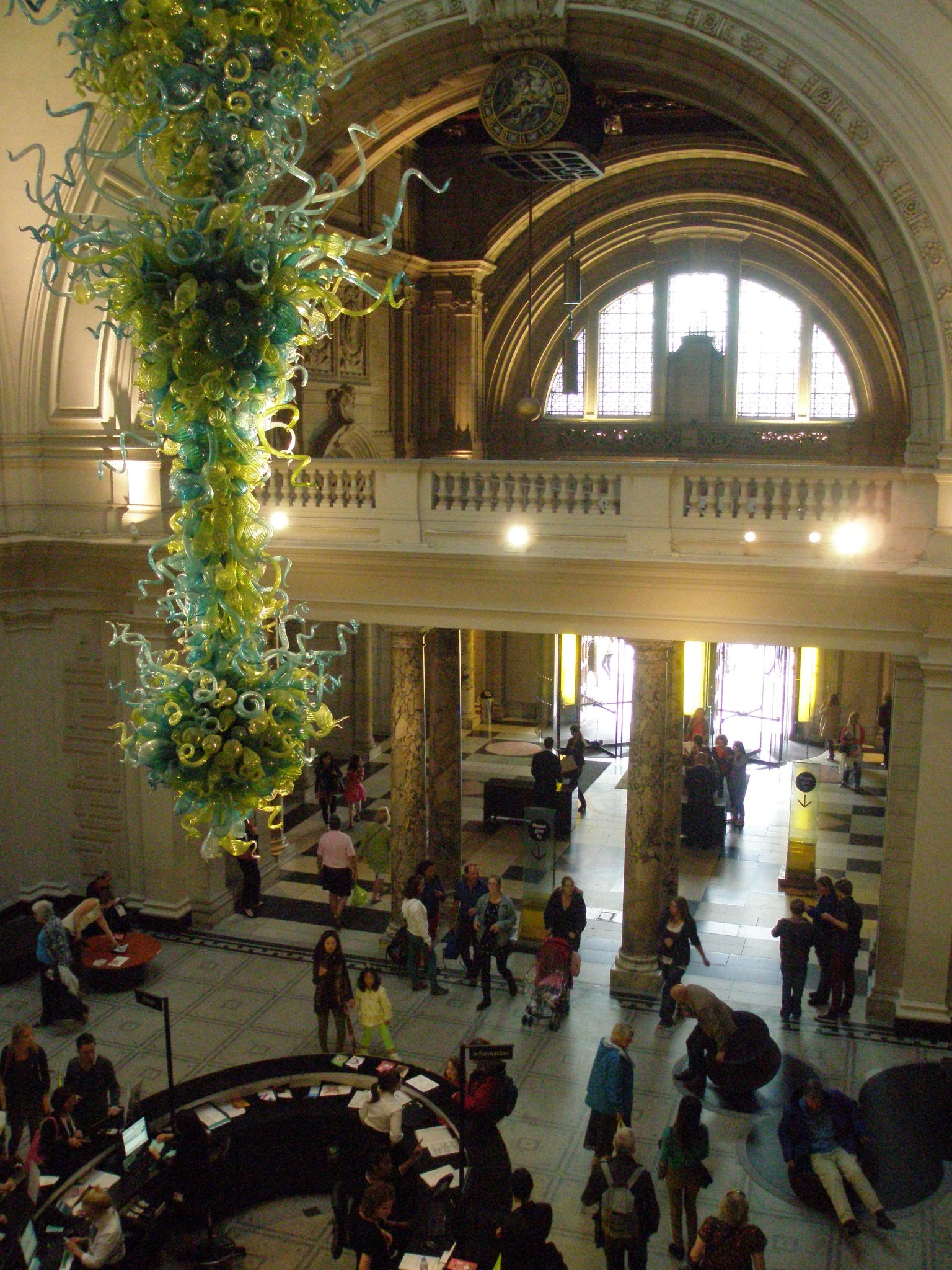
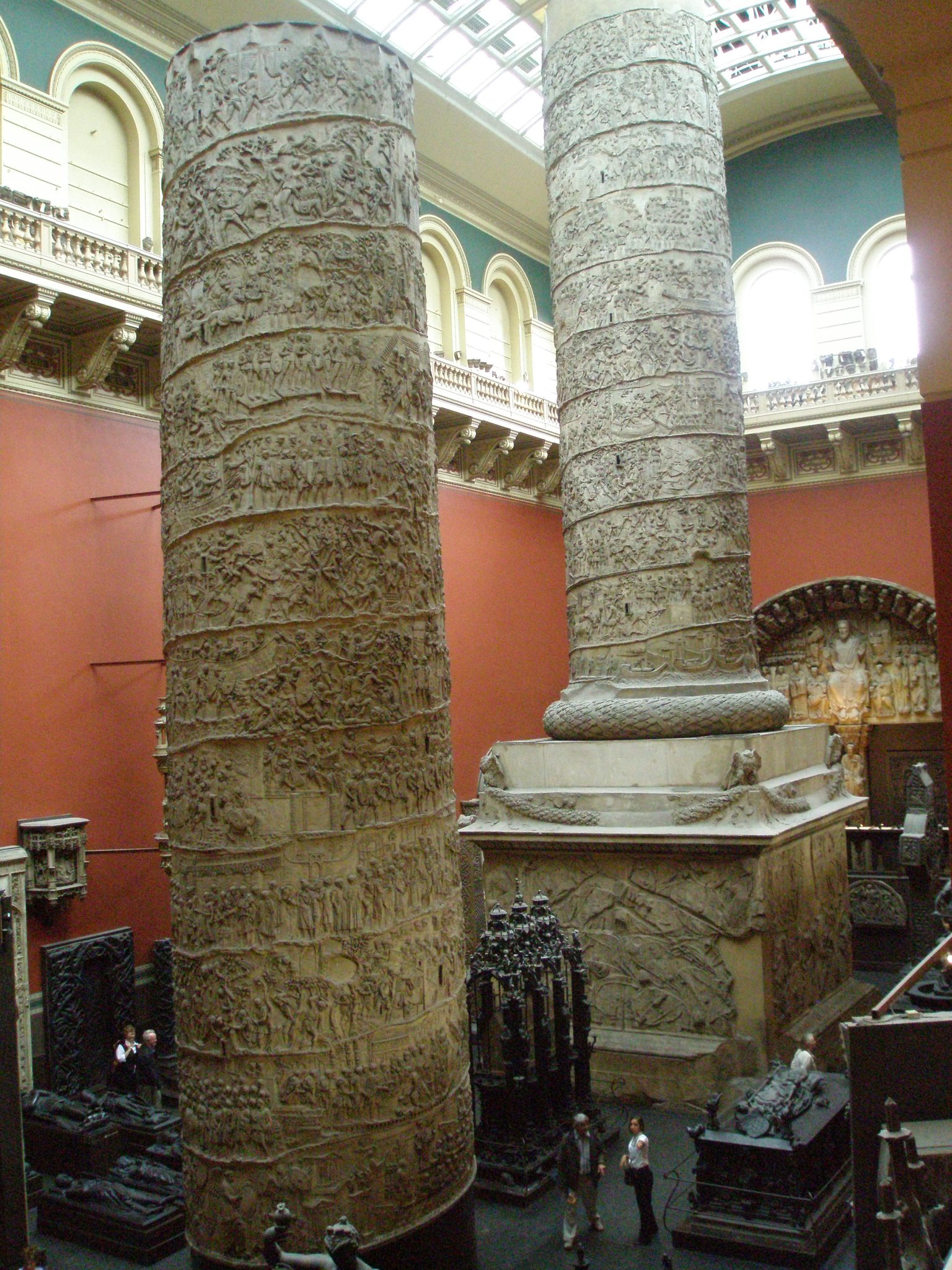
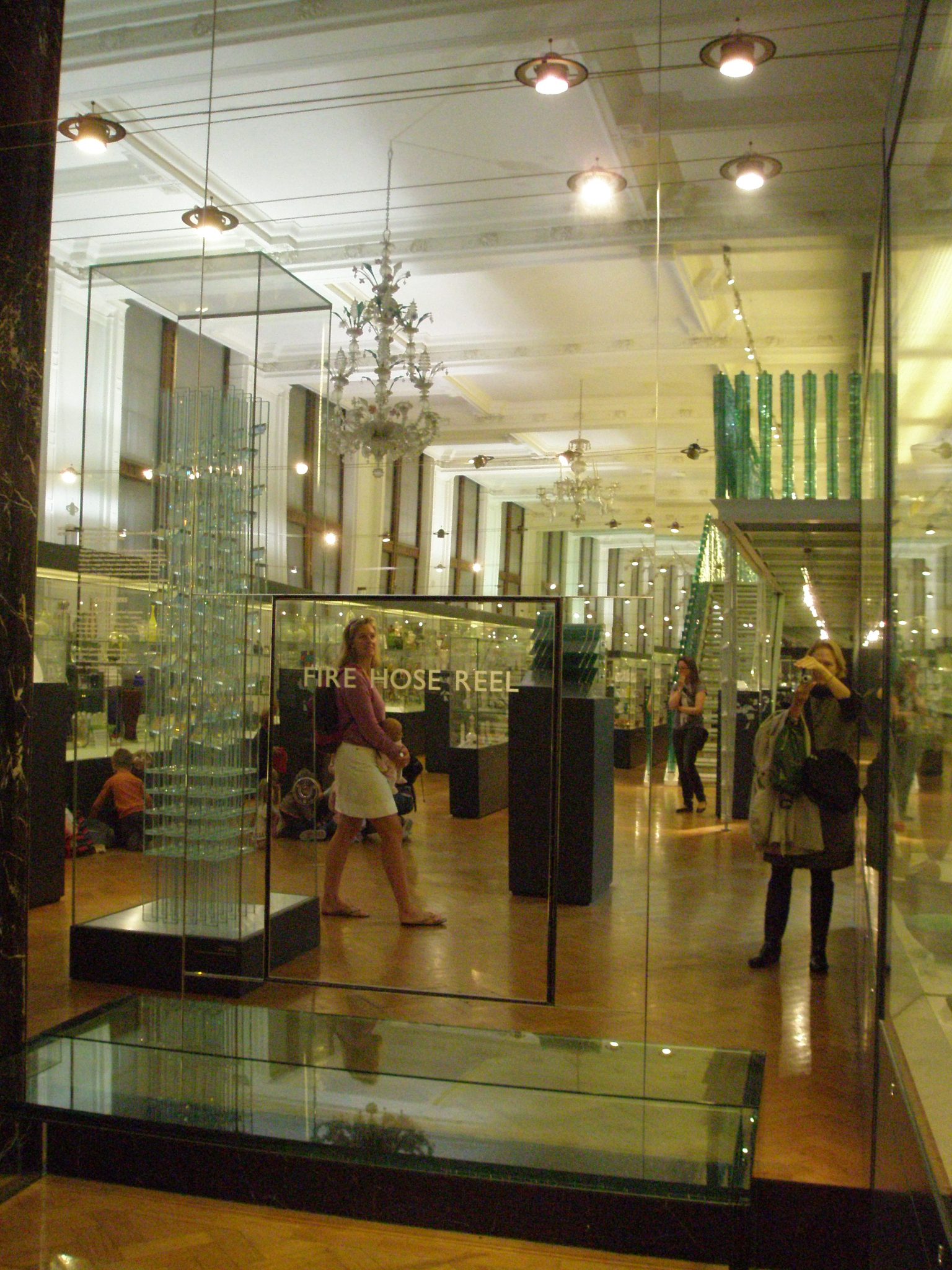
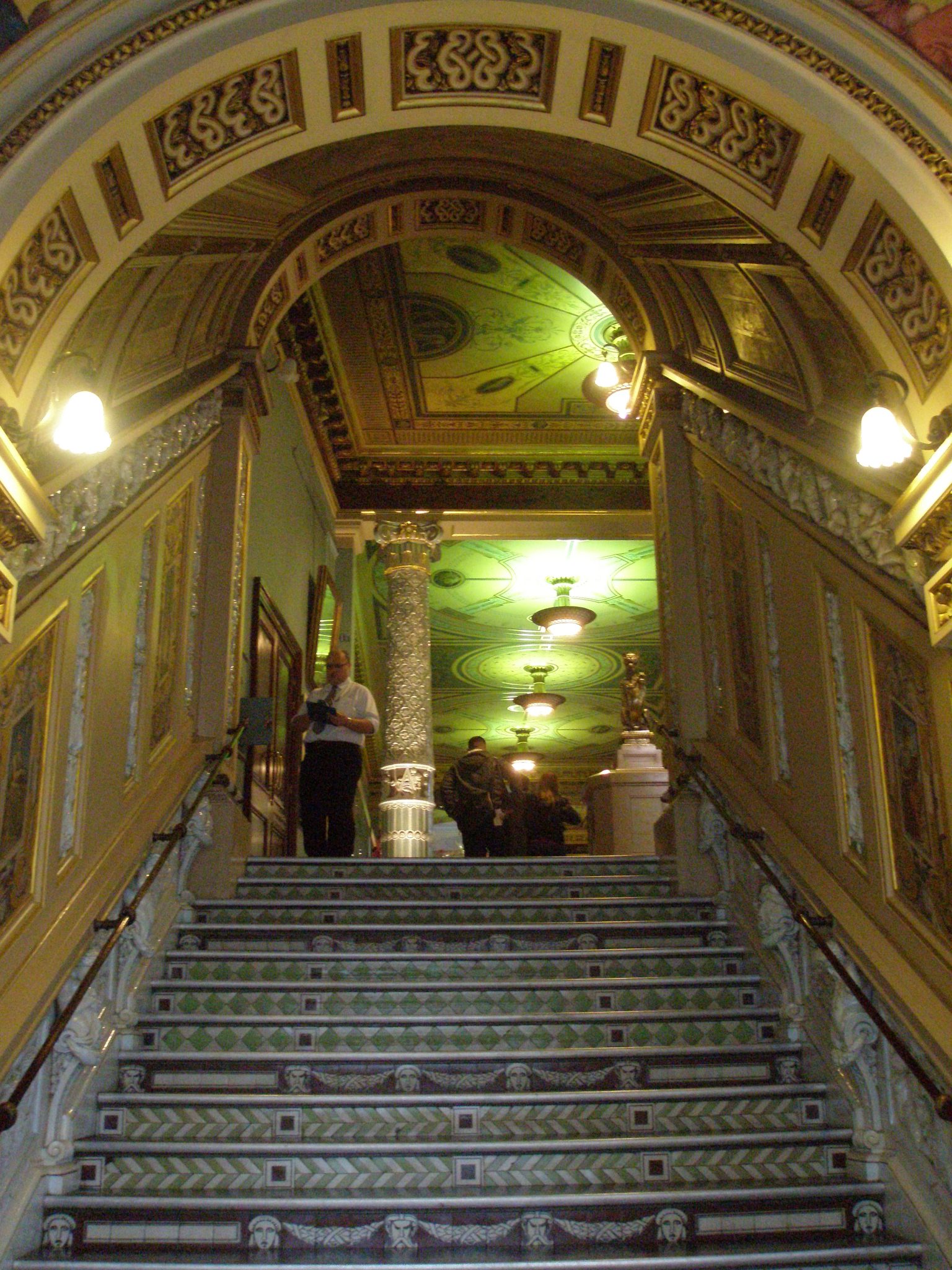
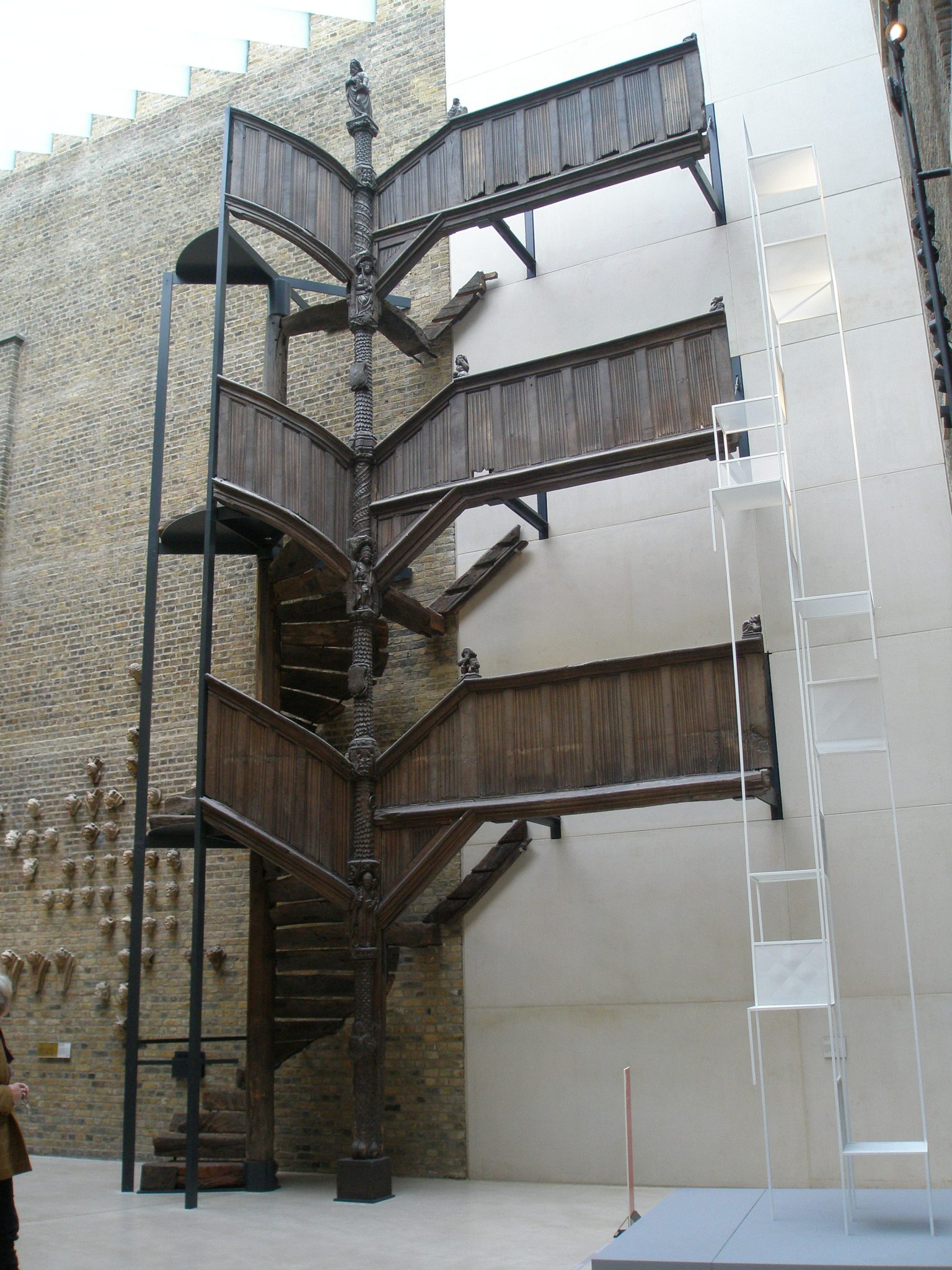

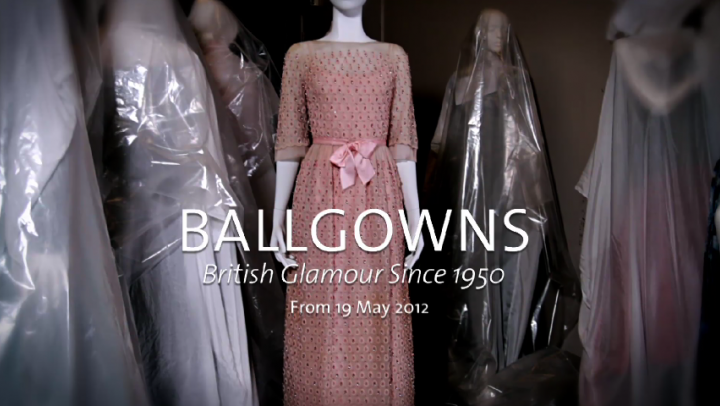
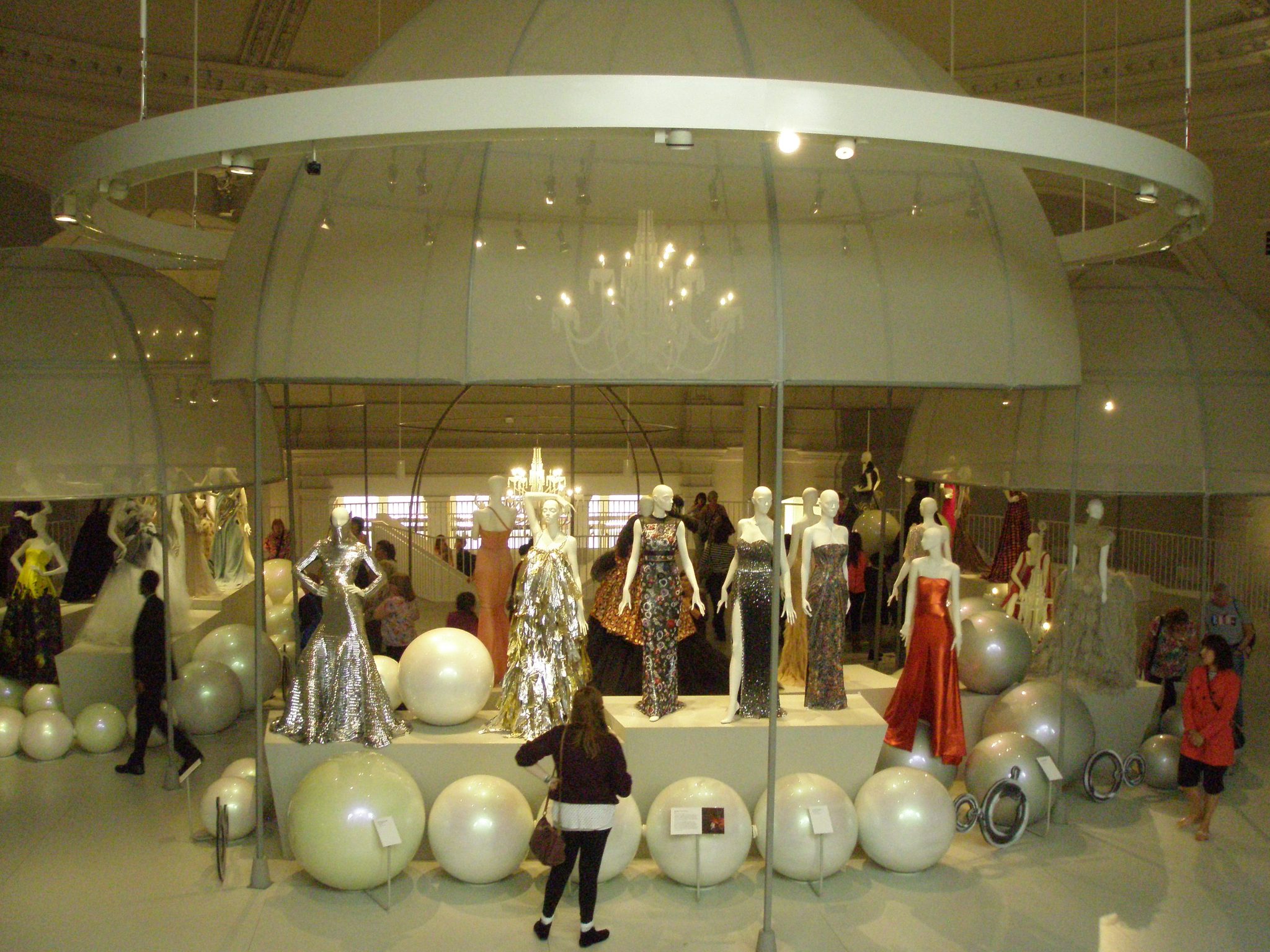
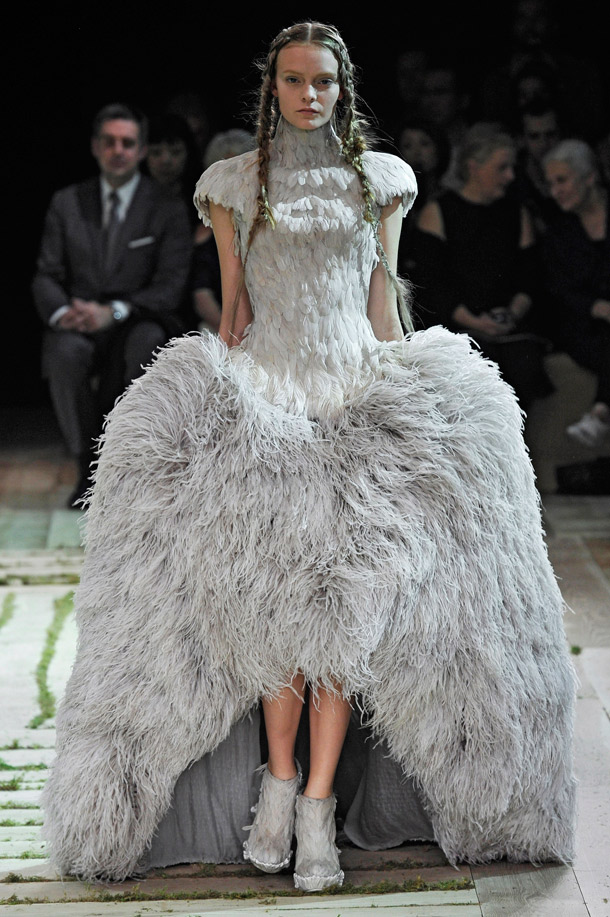
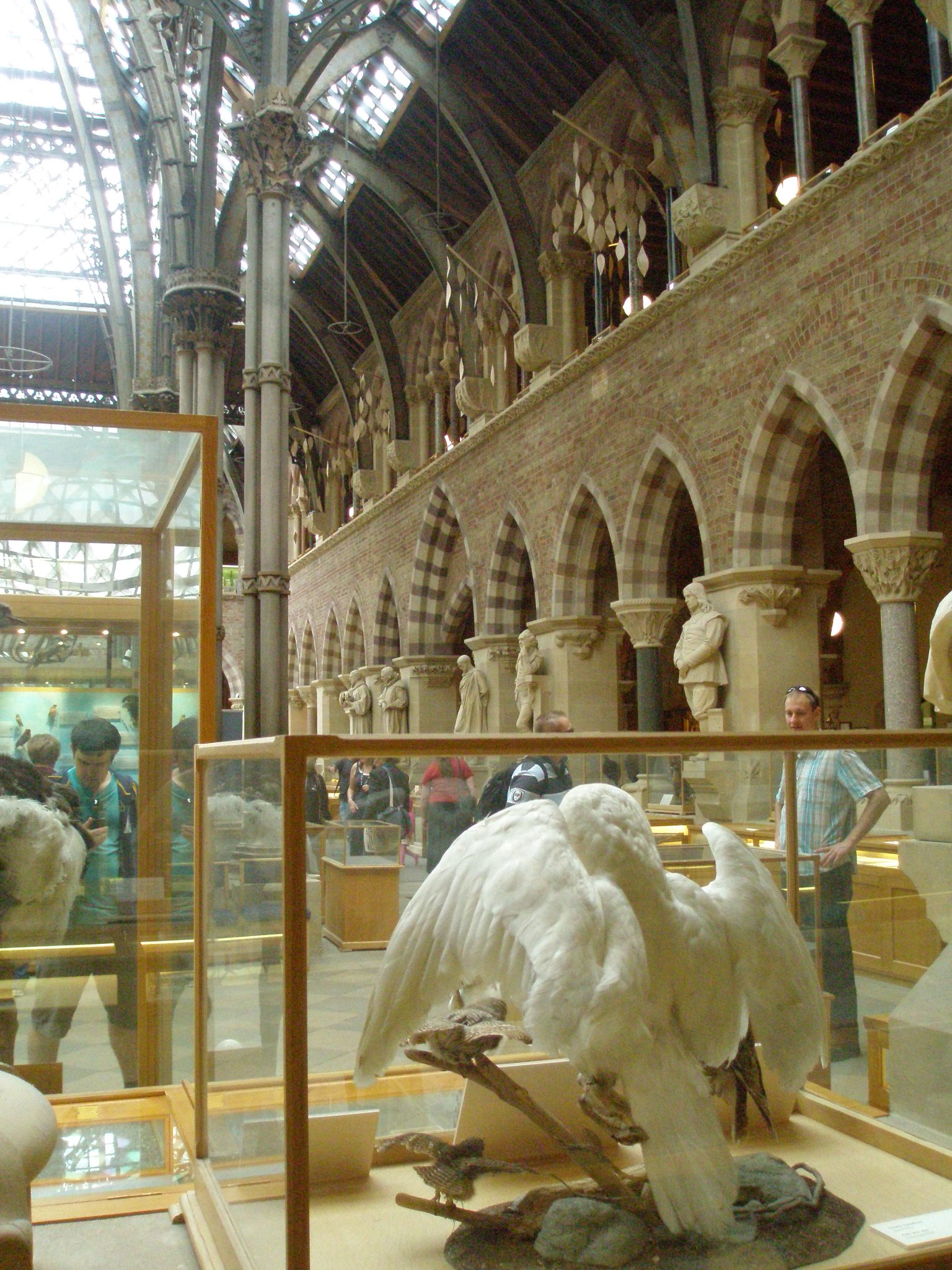
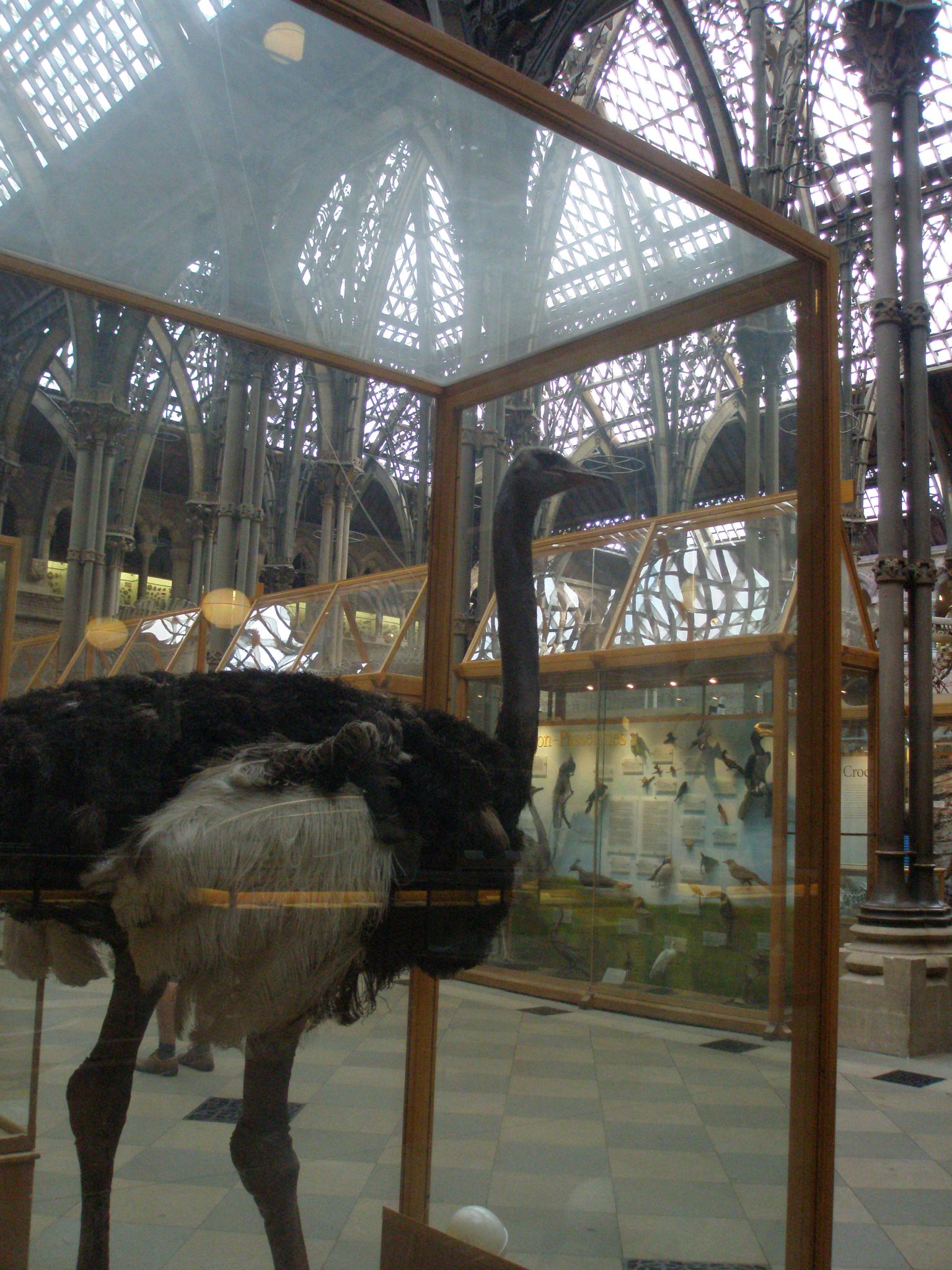
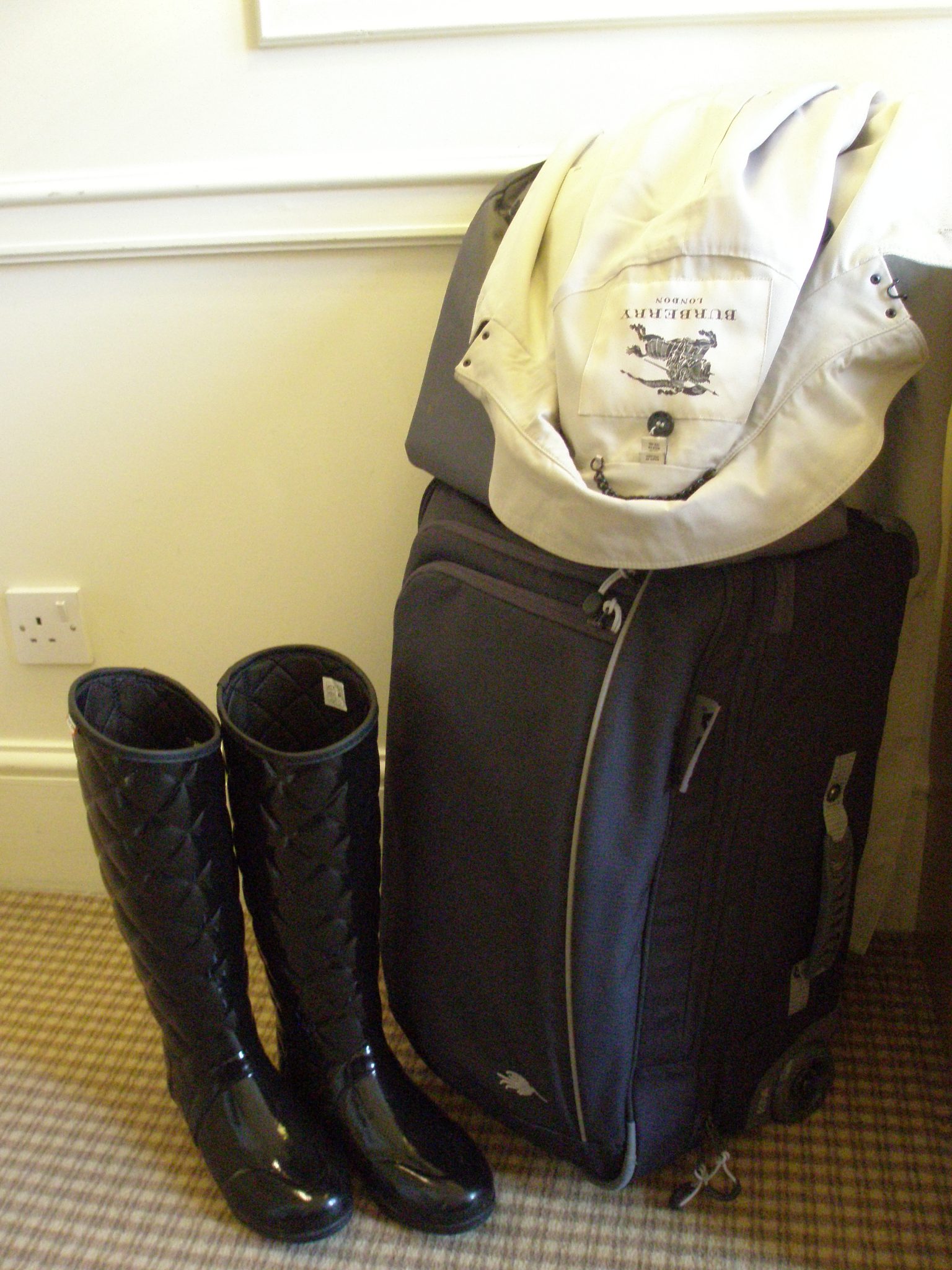
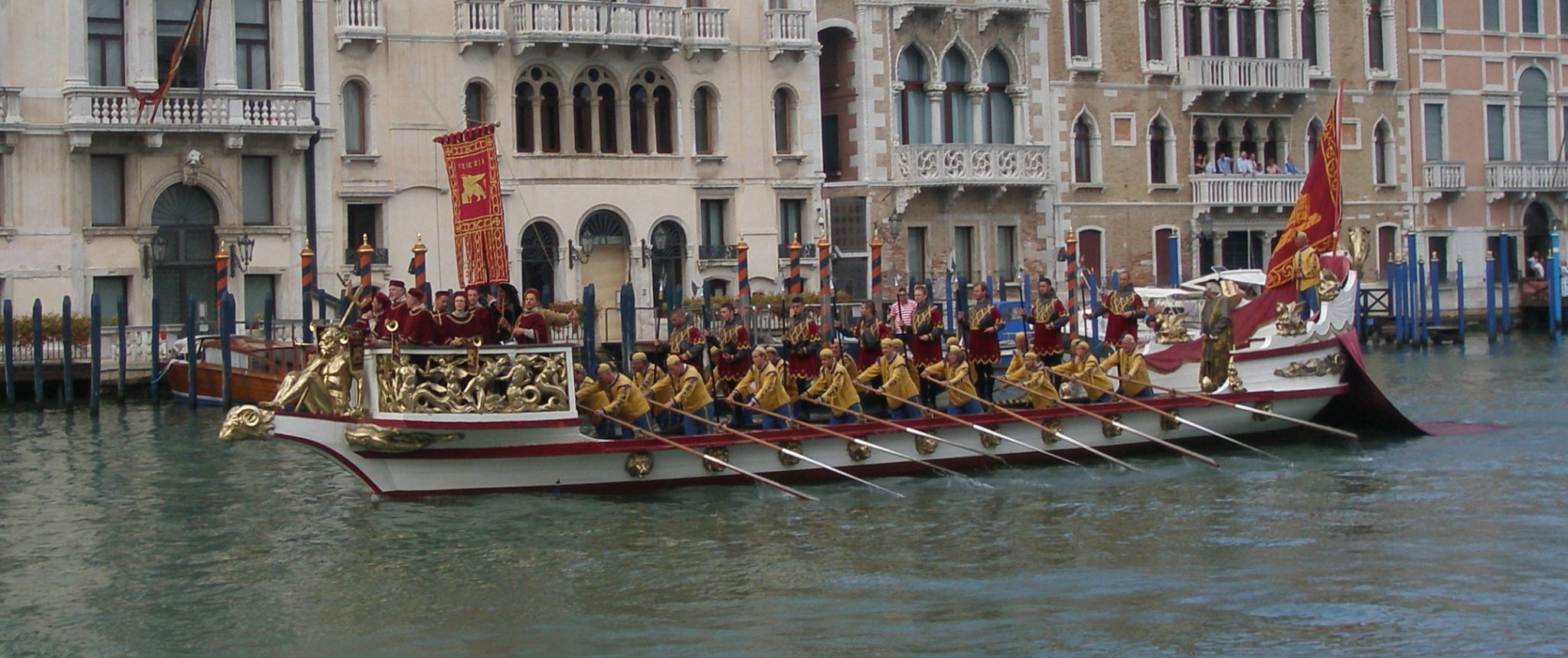
6 Responses to London in the Rain; Yoko Ono at the Serpentine Gallery; Ballgowns at the V&A